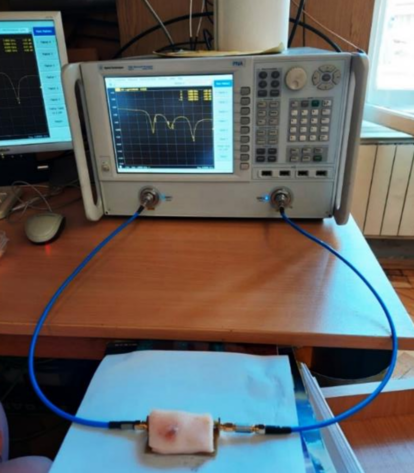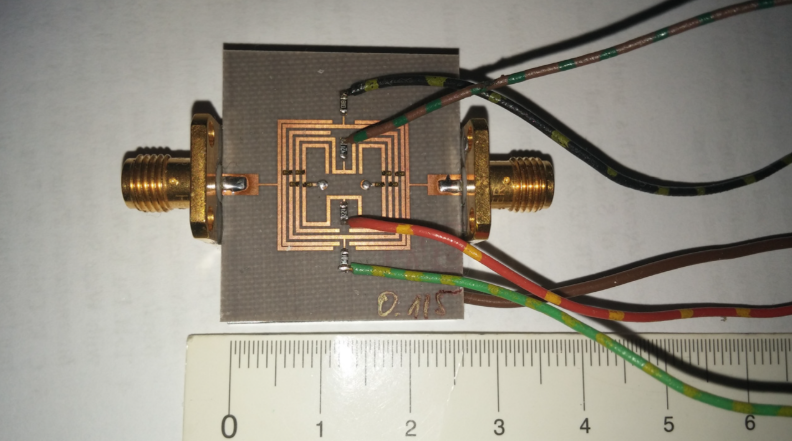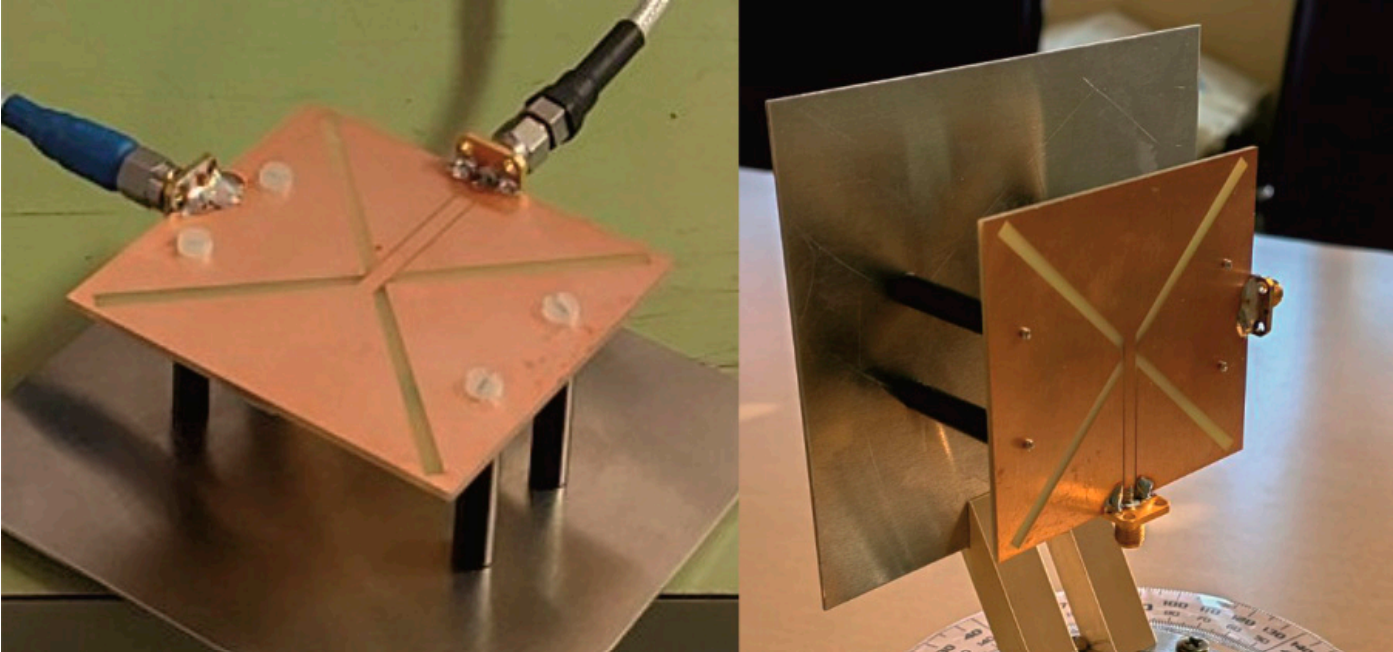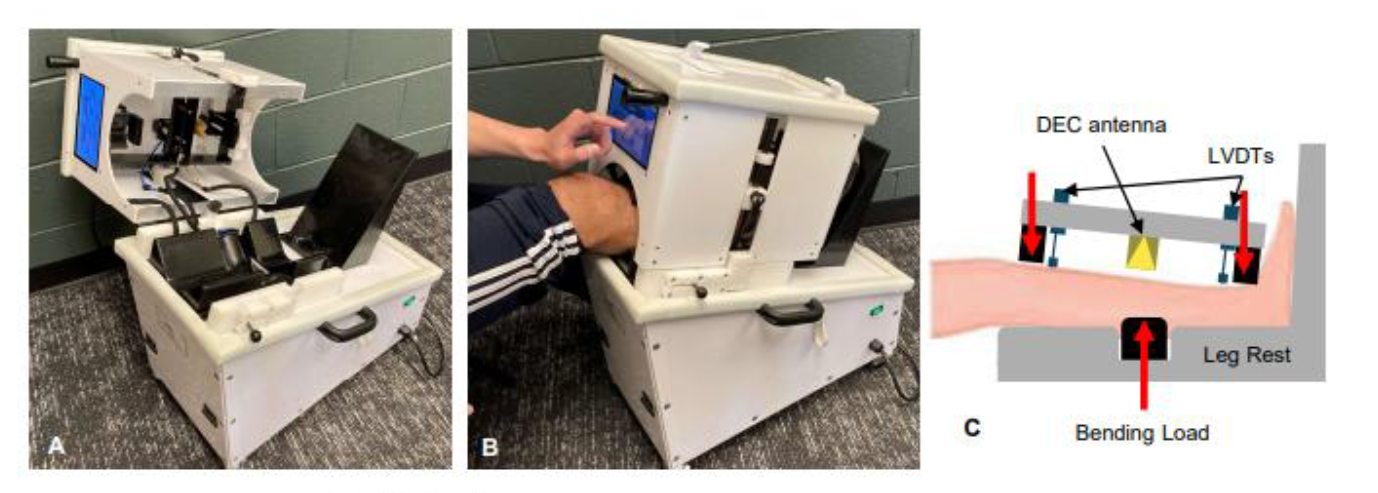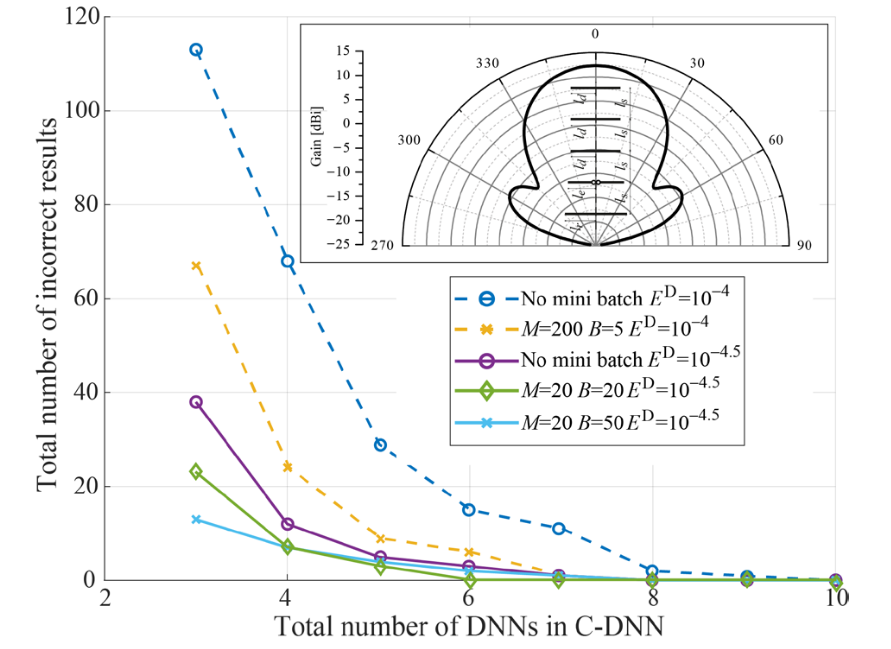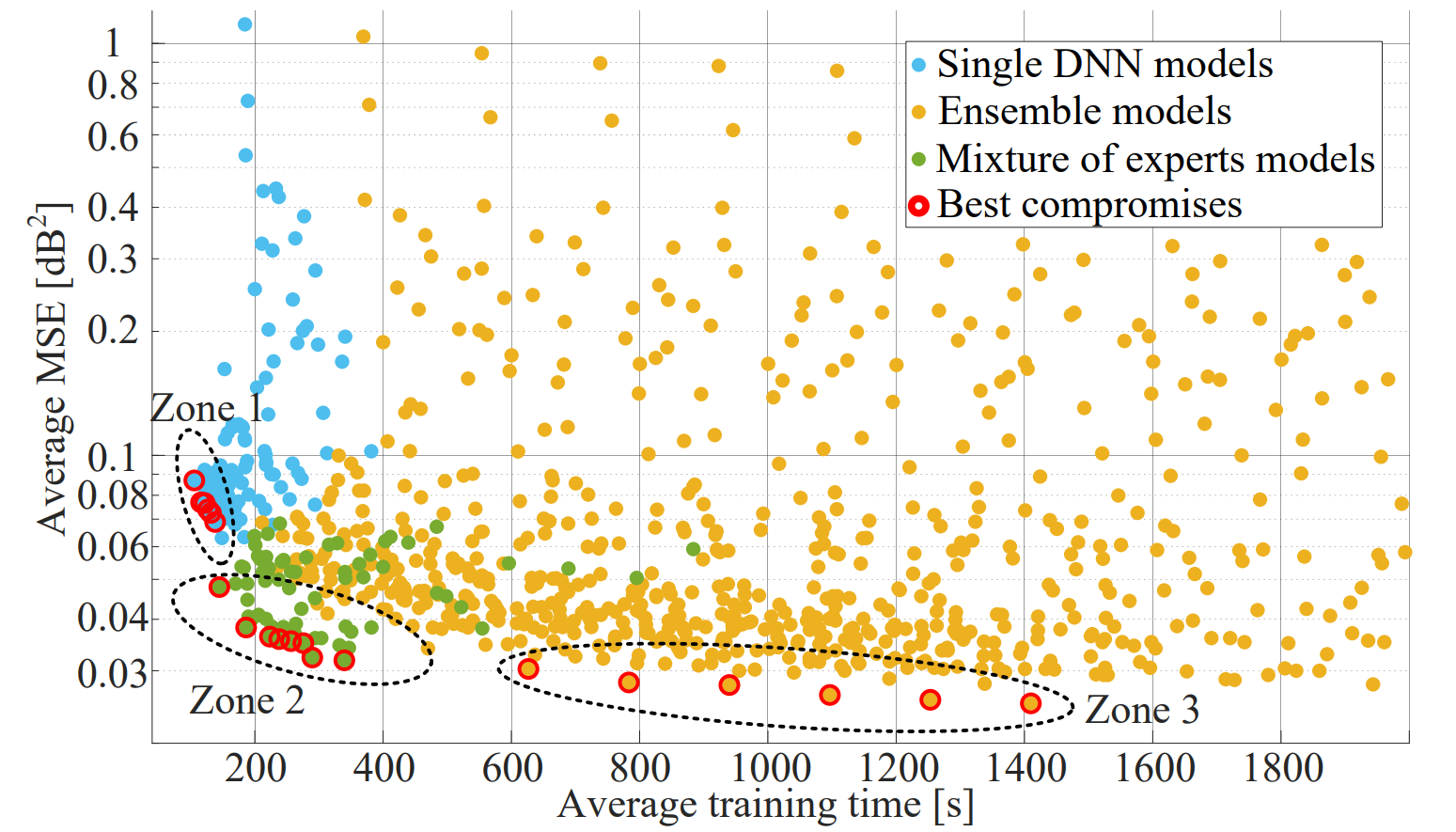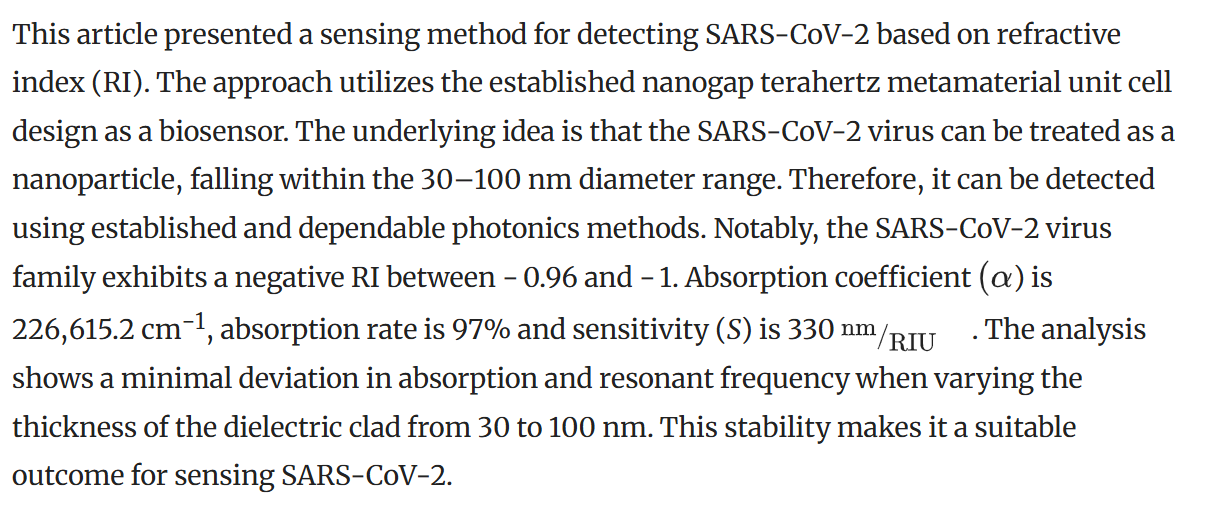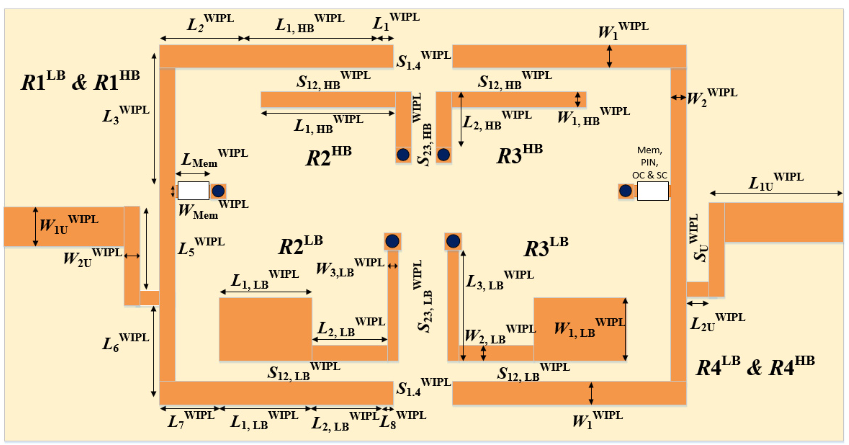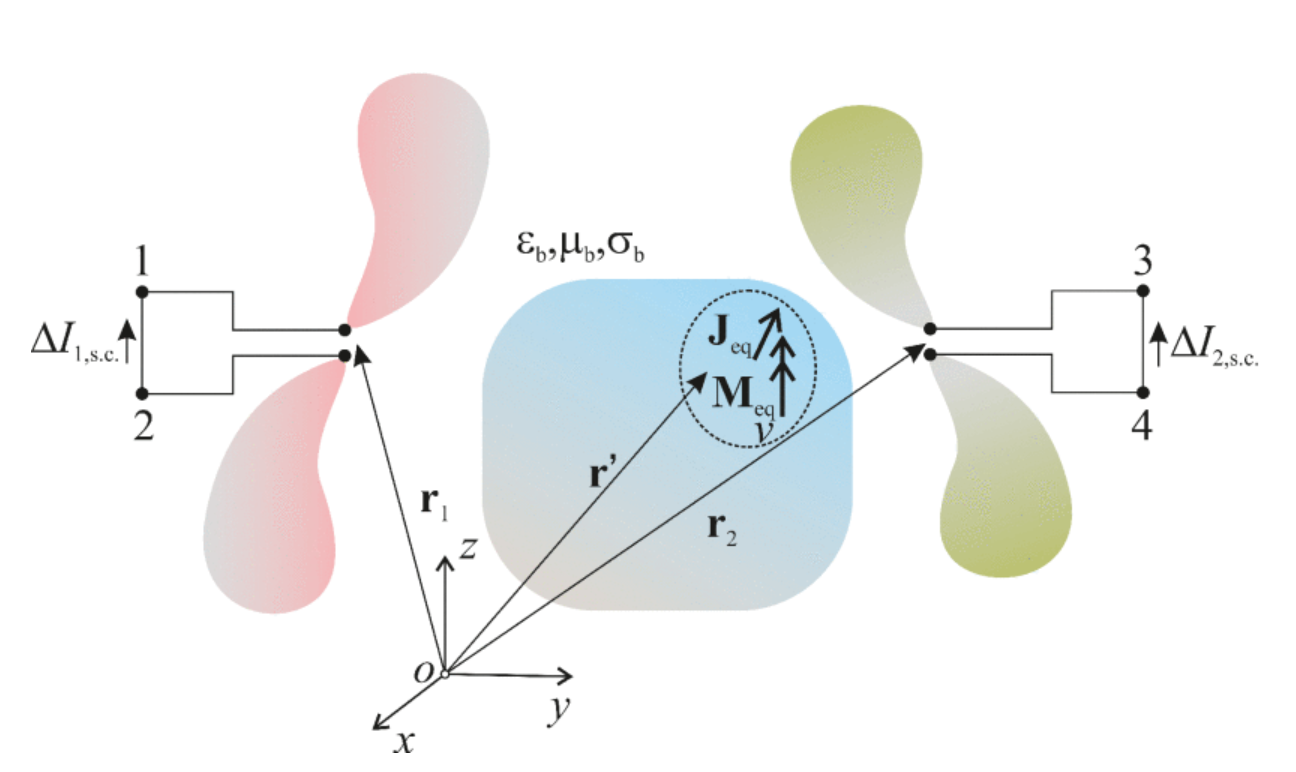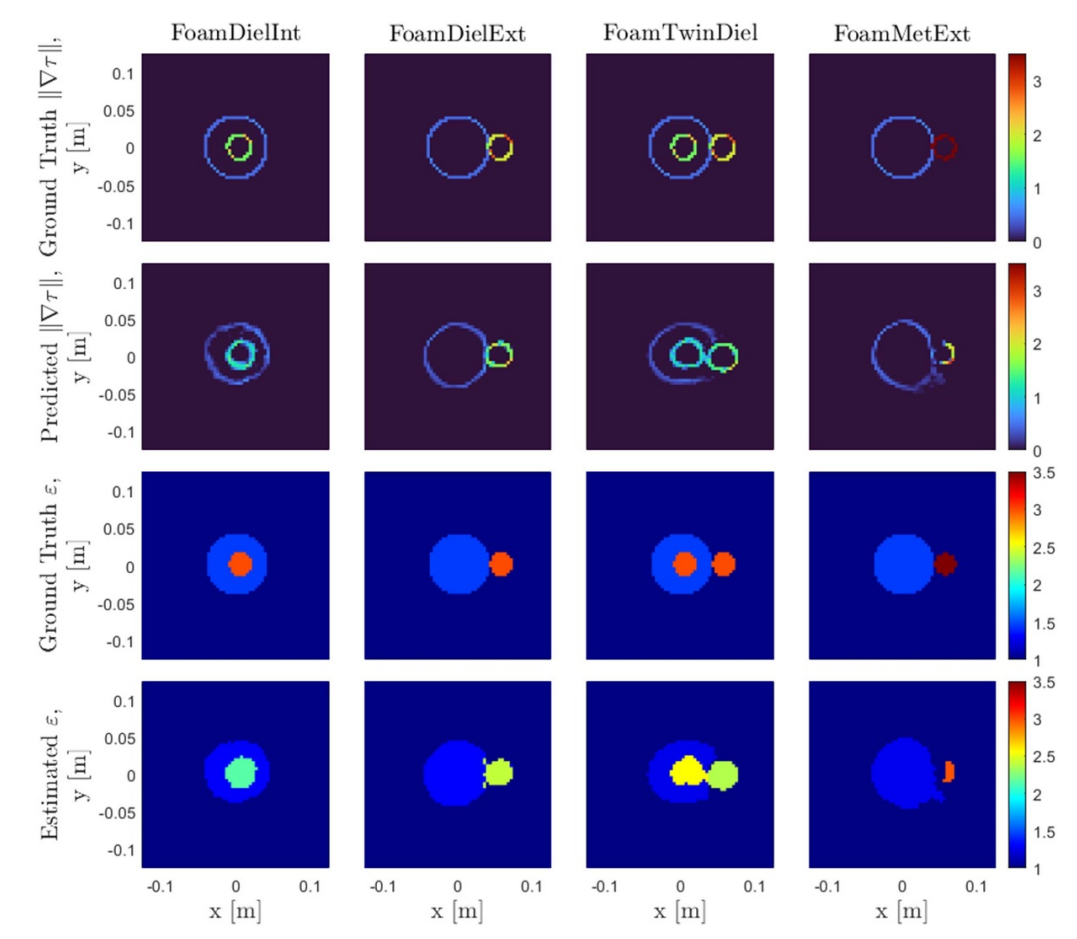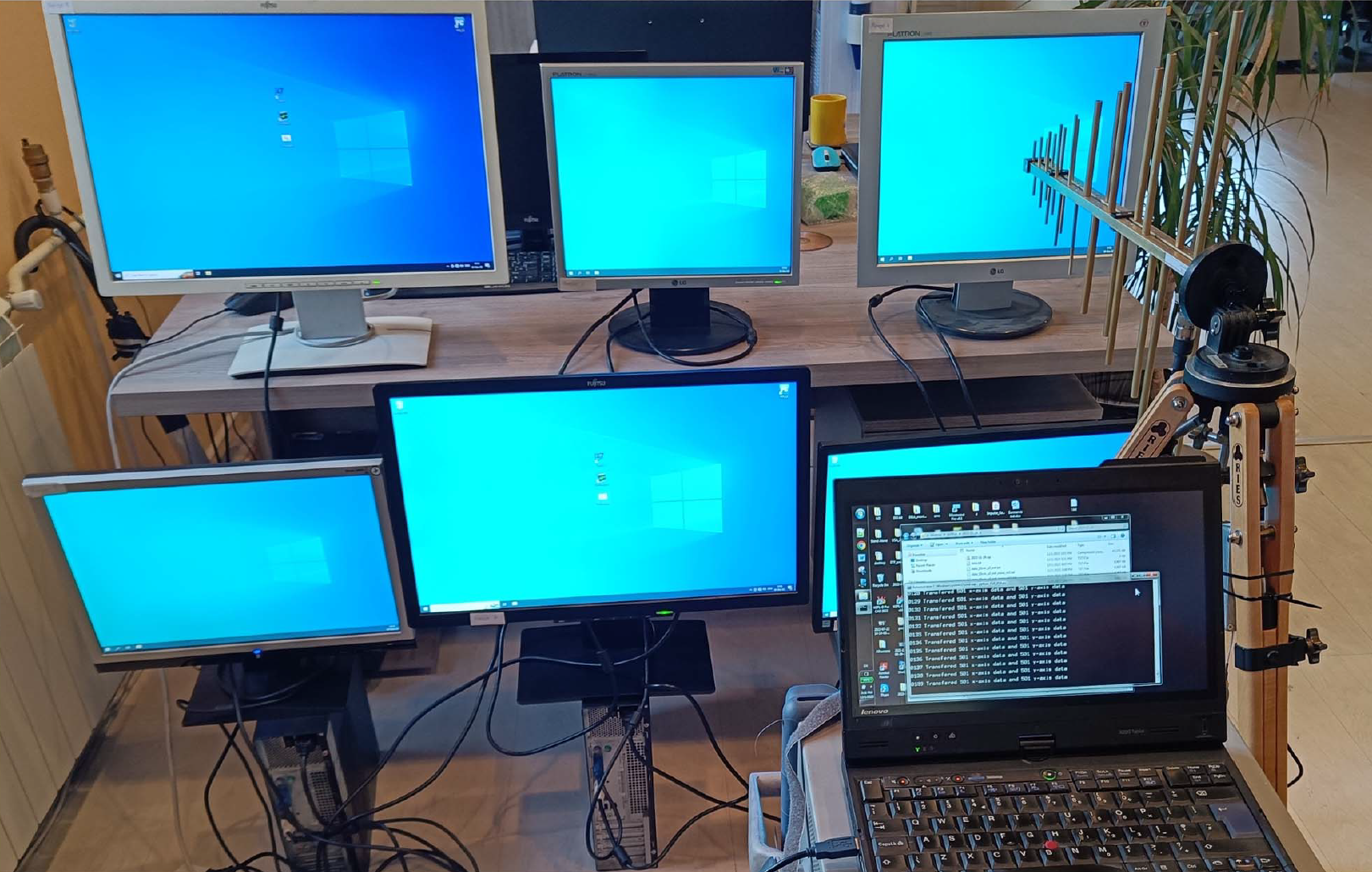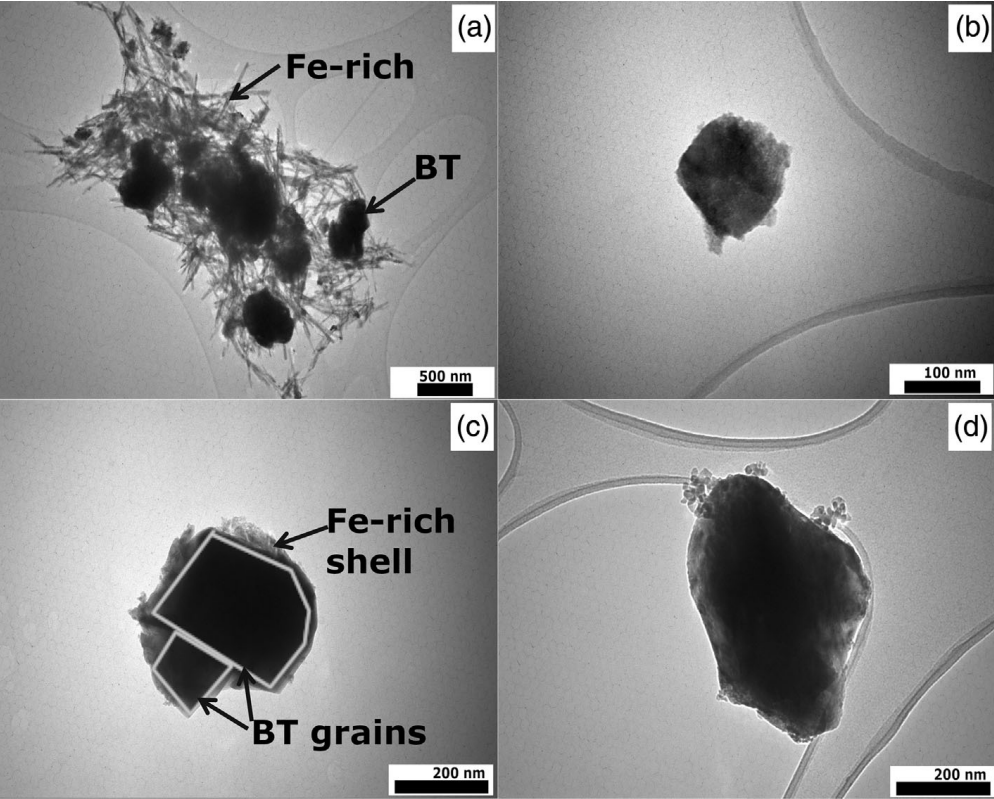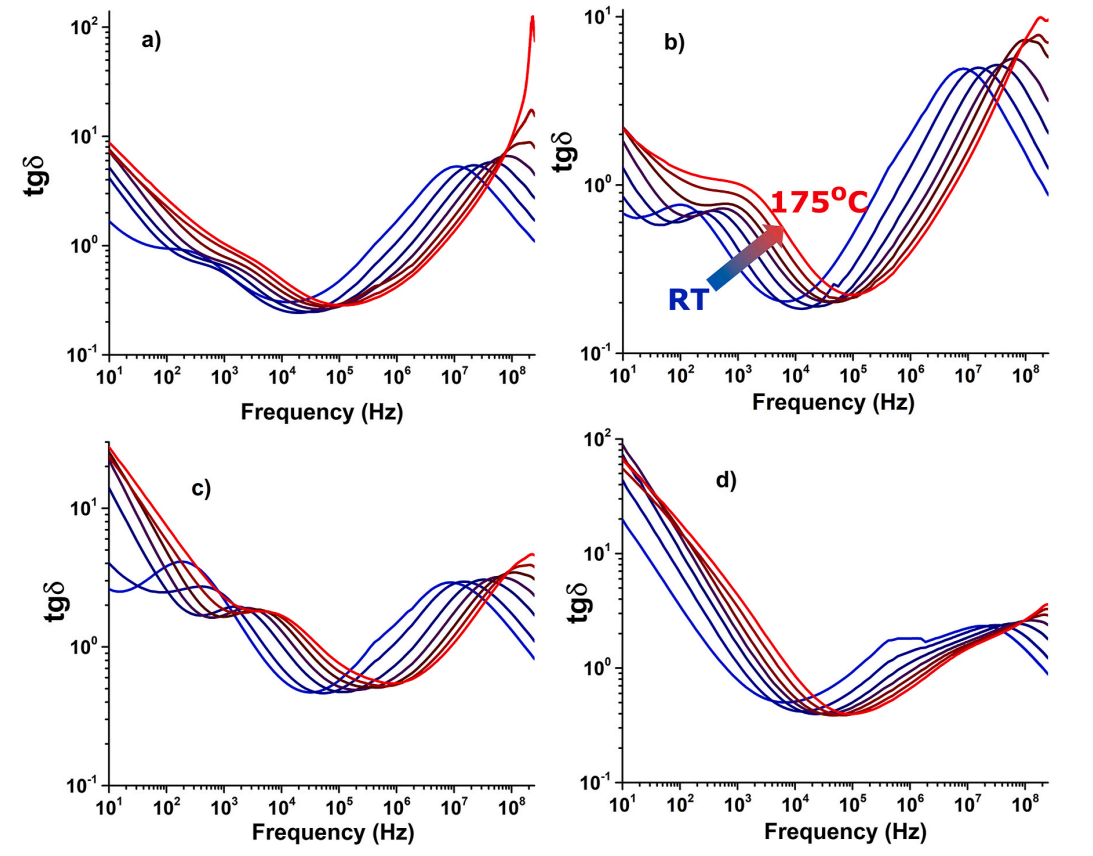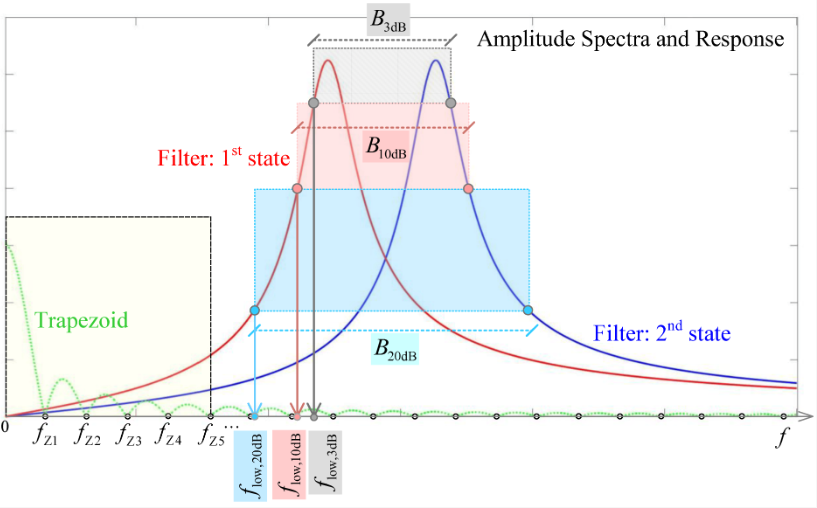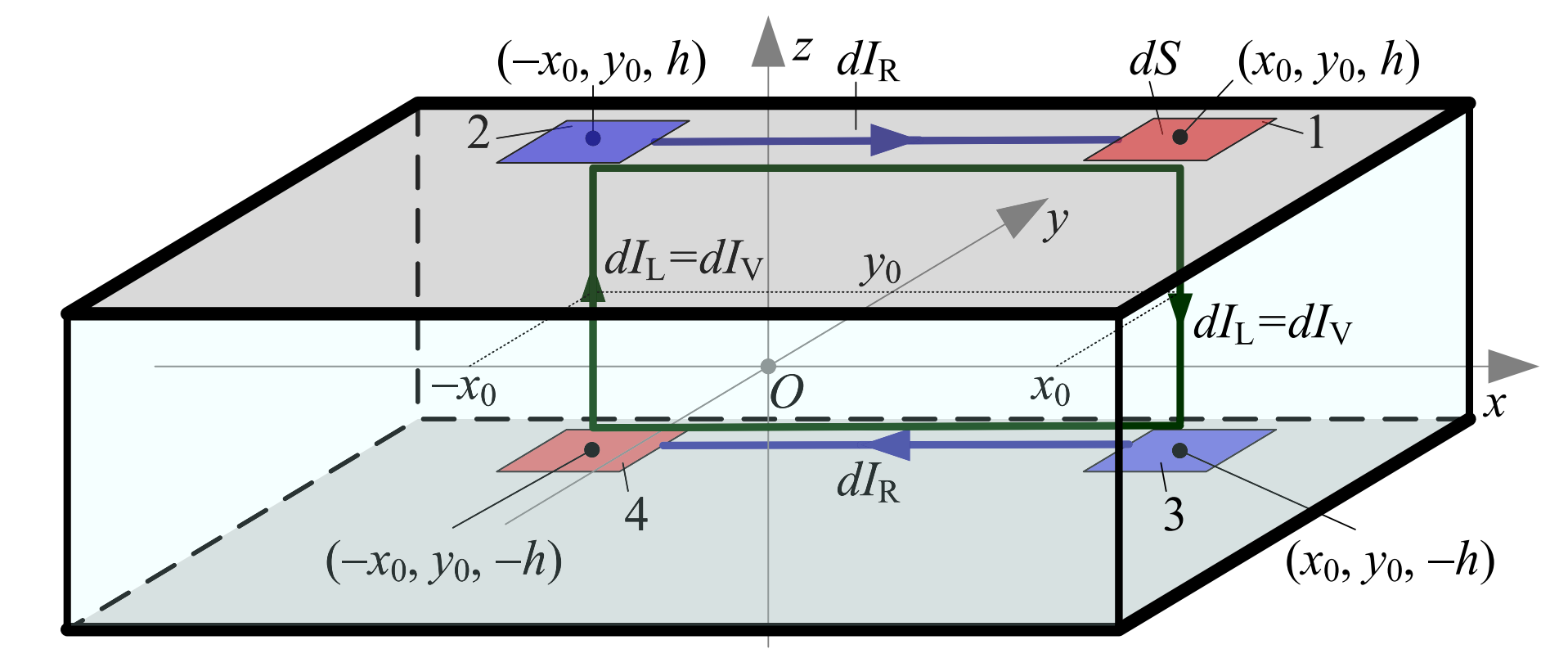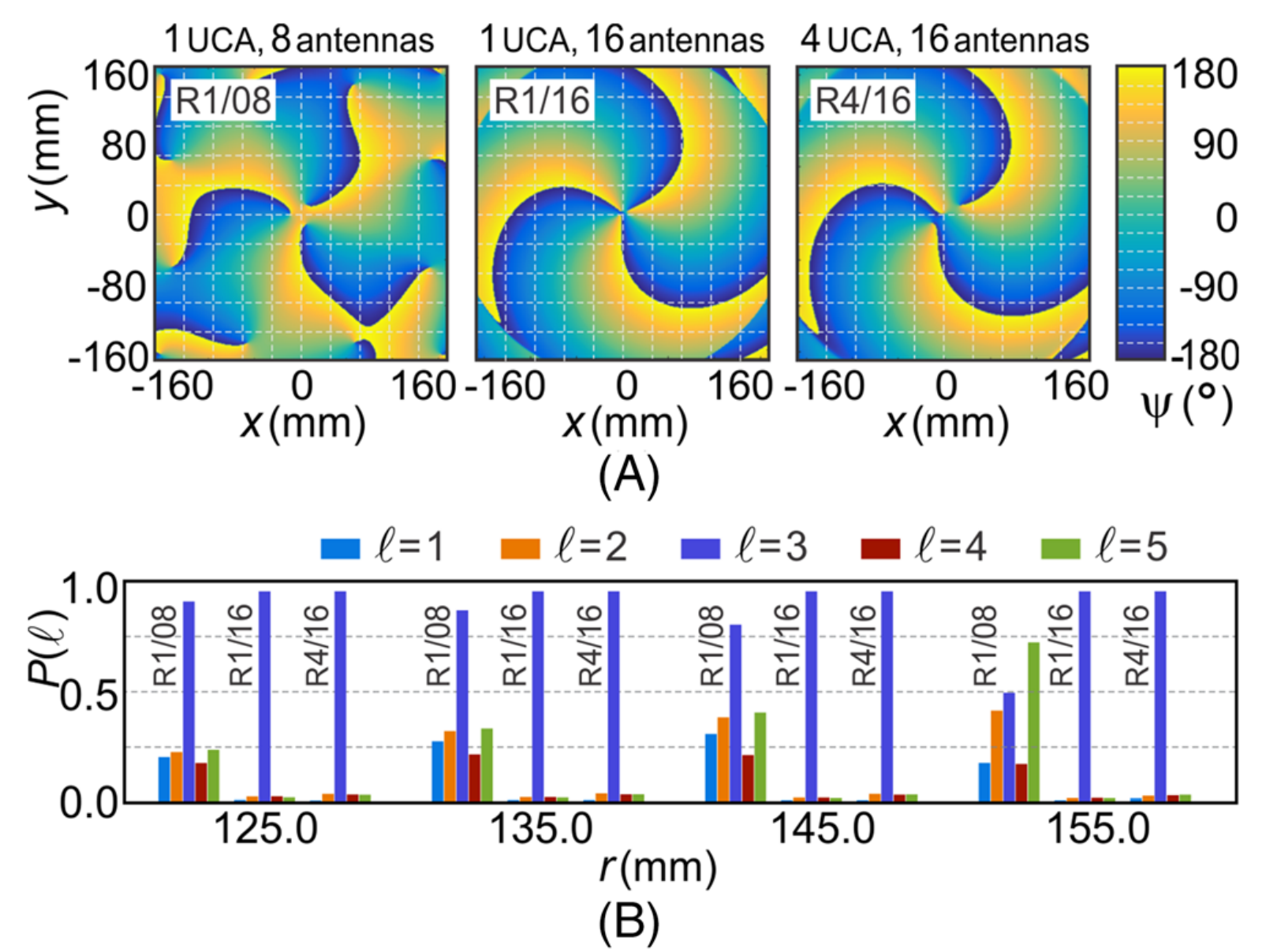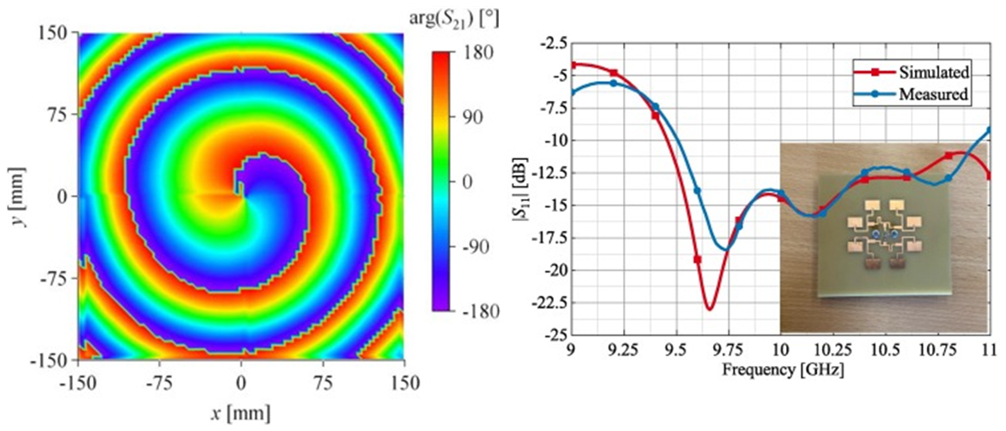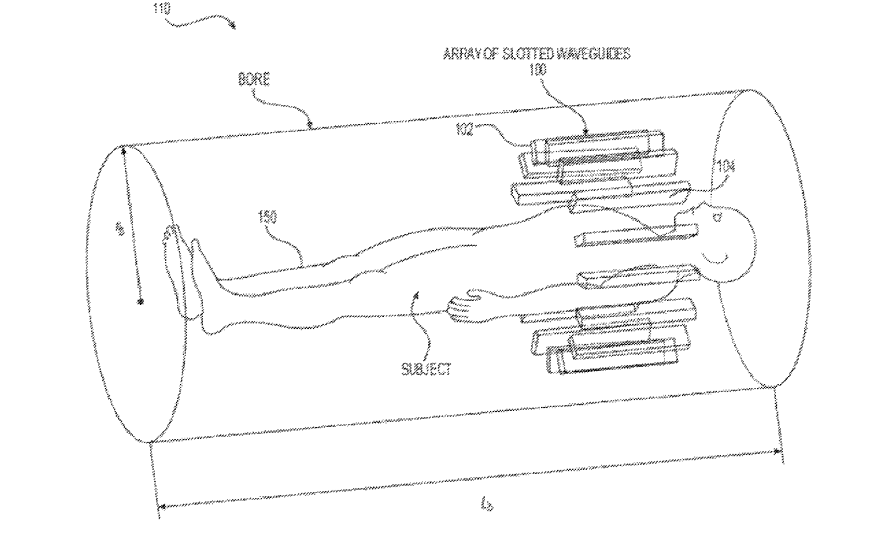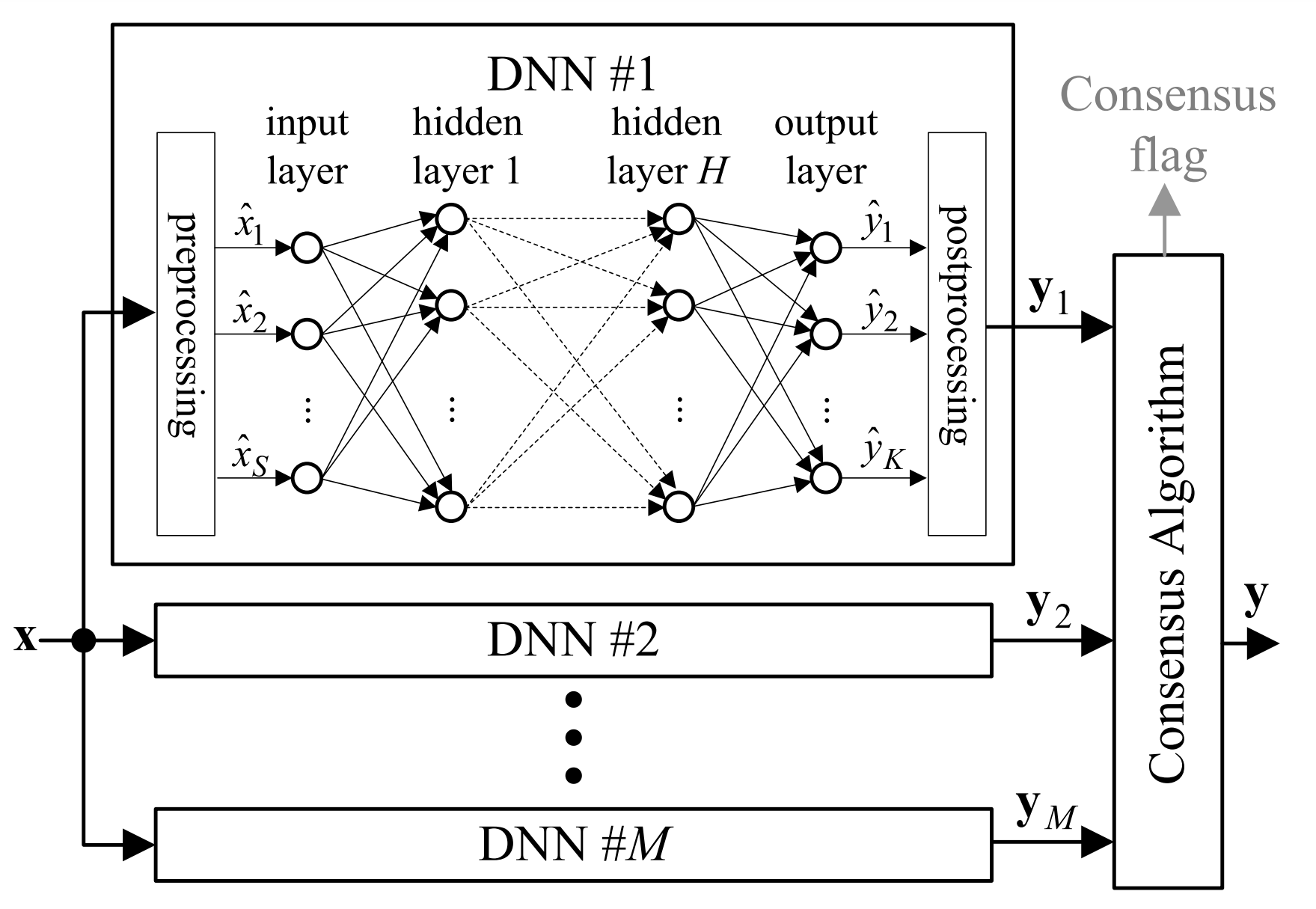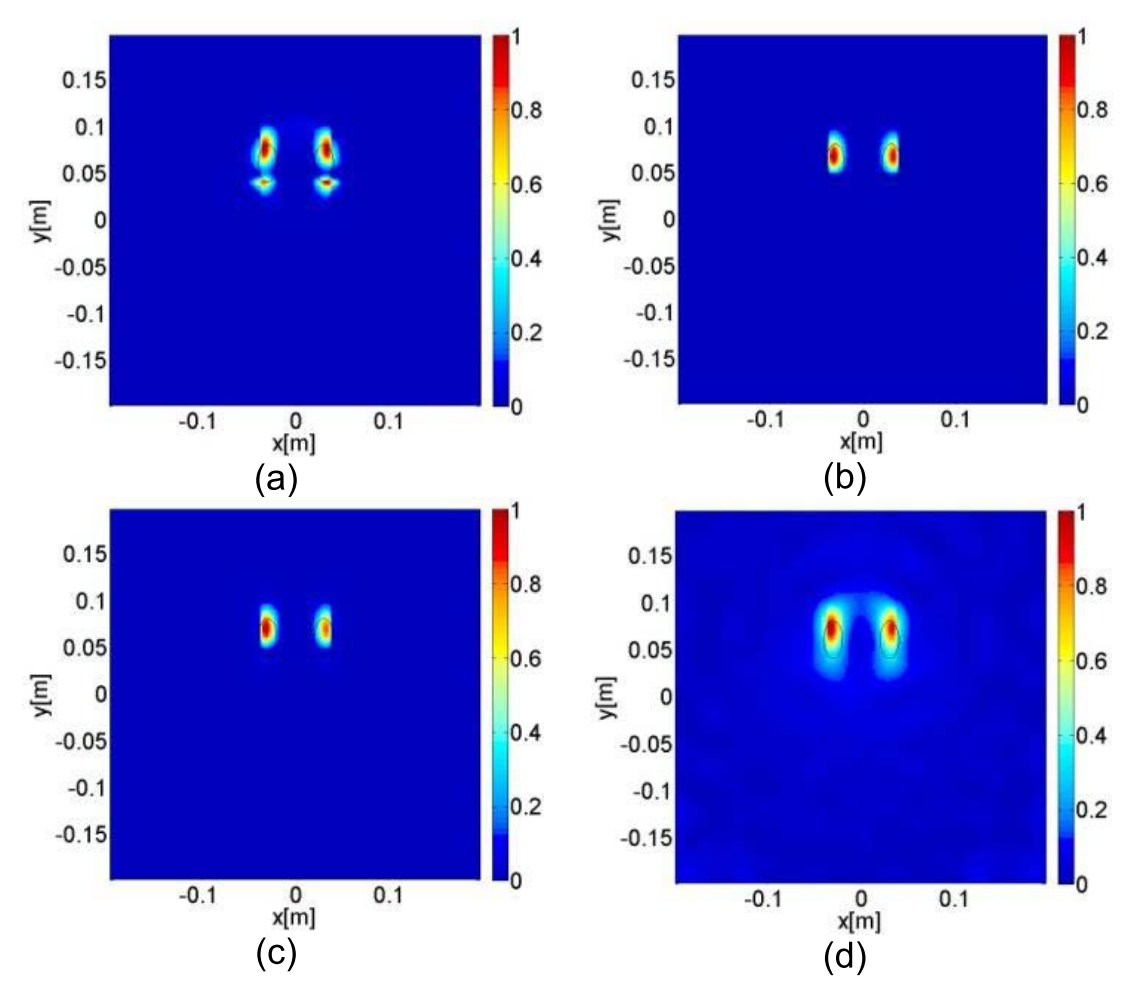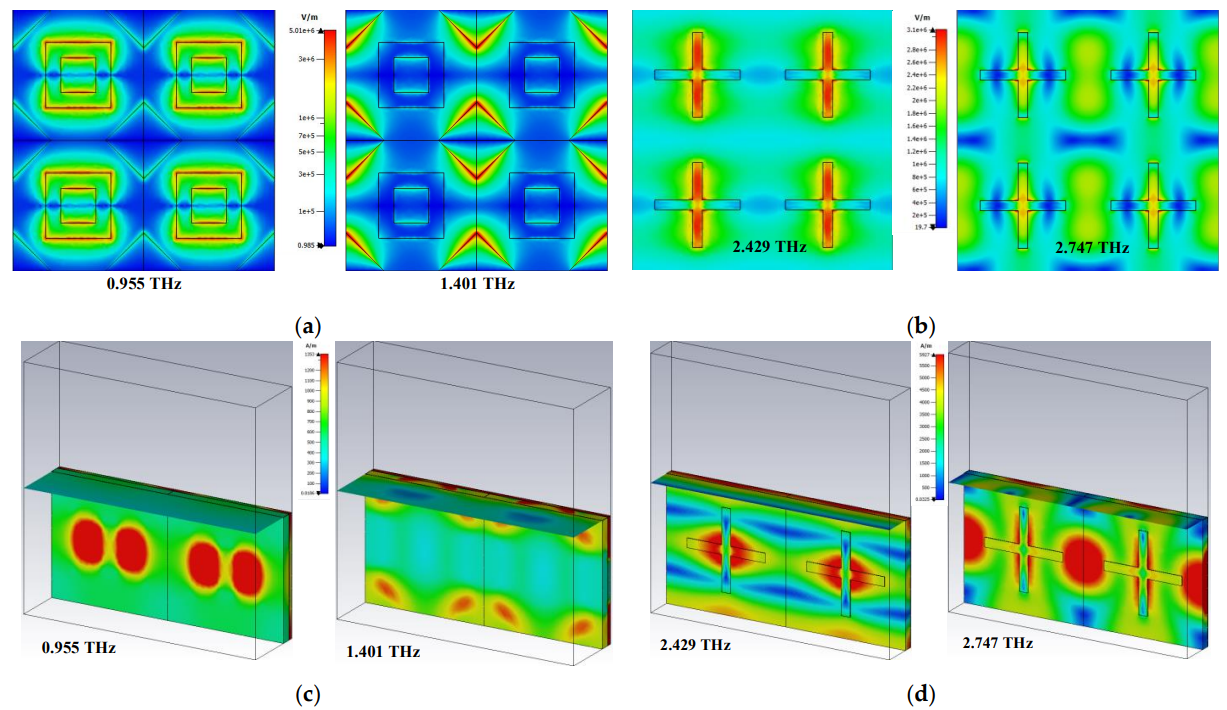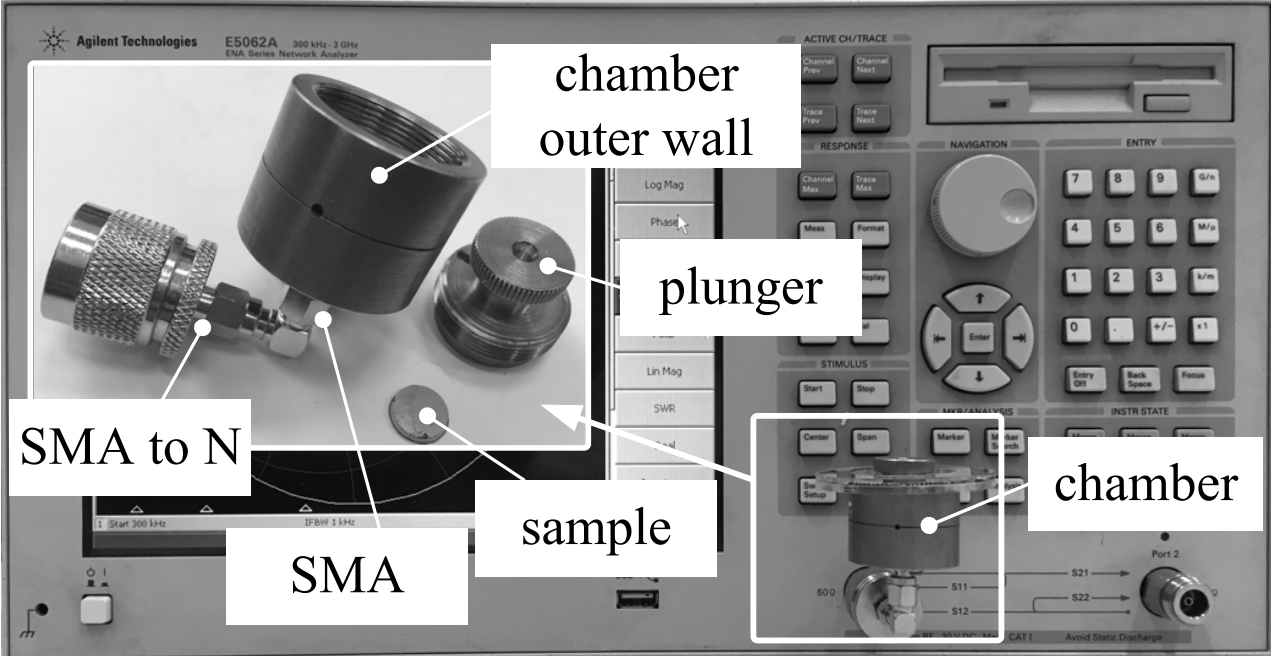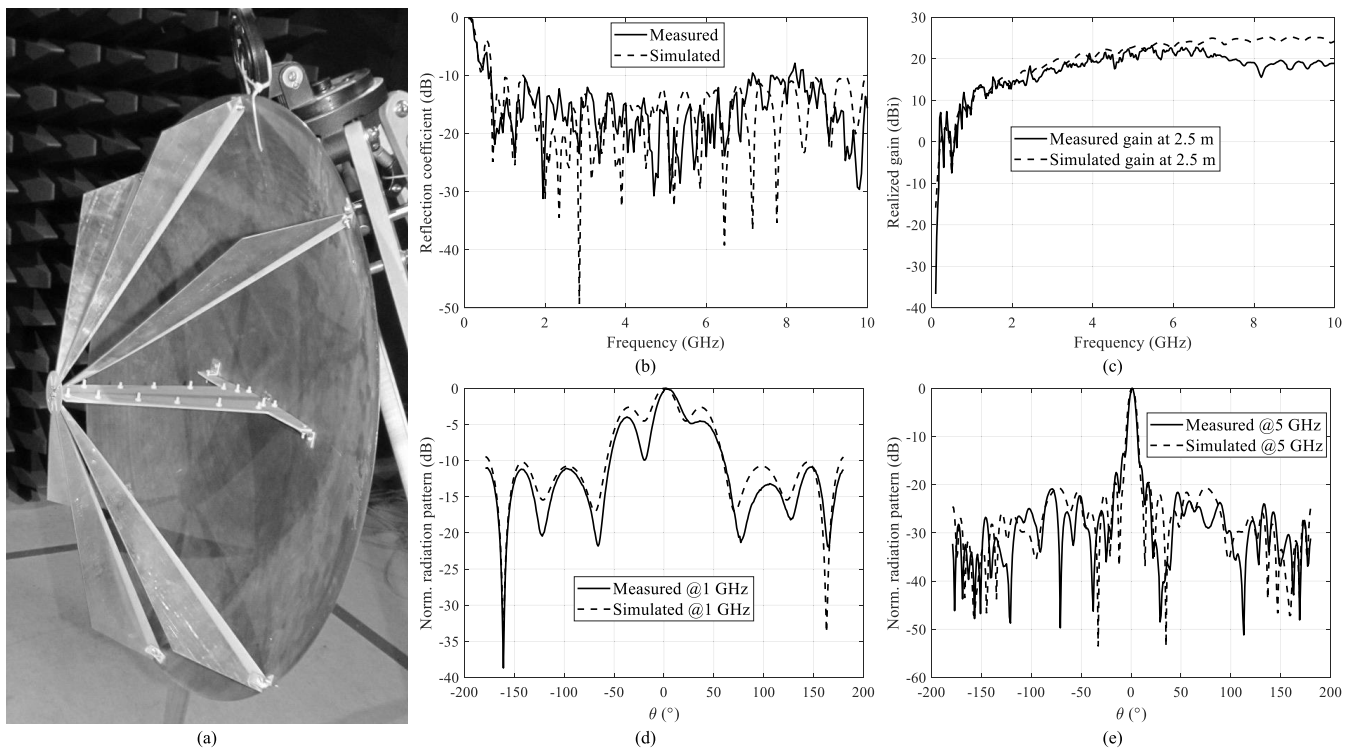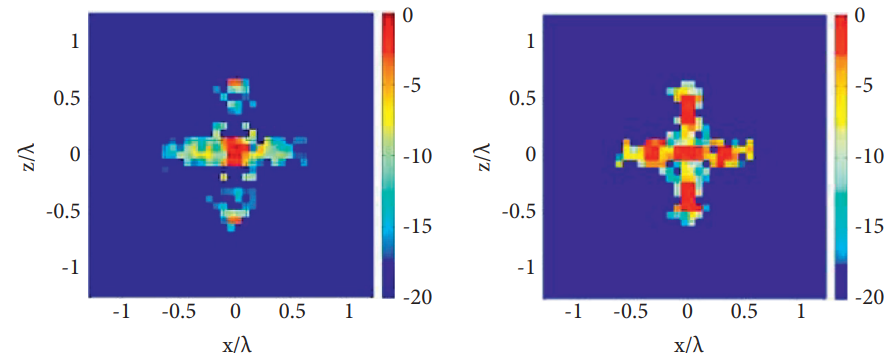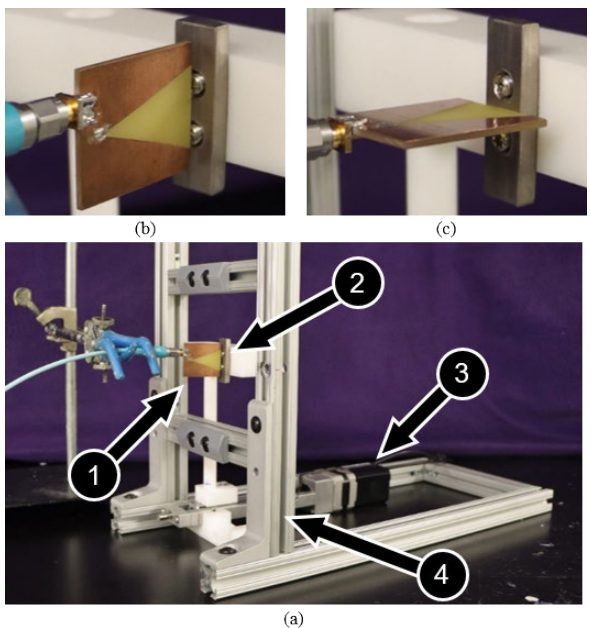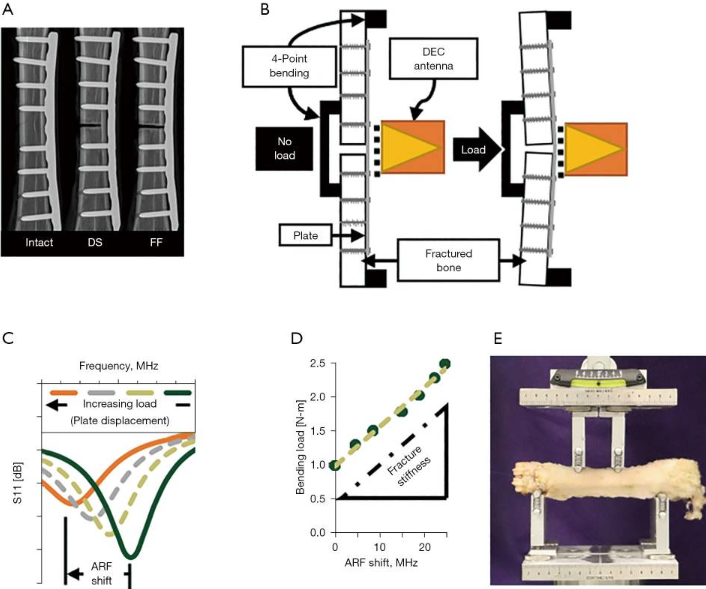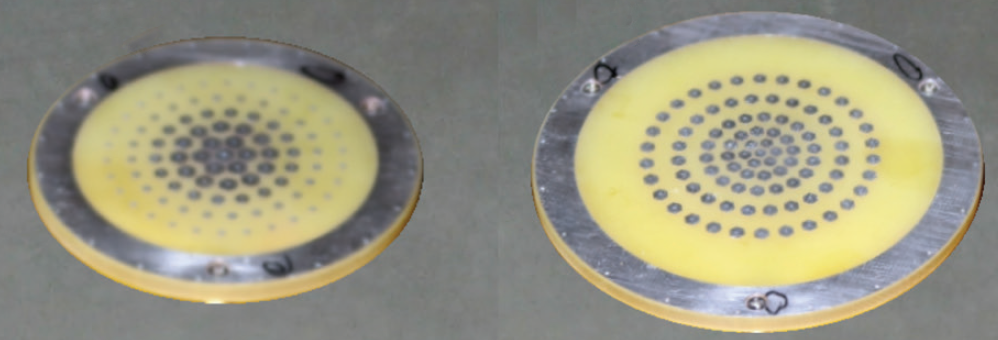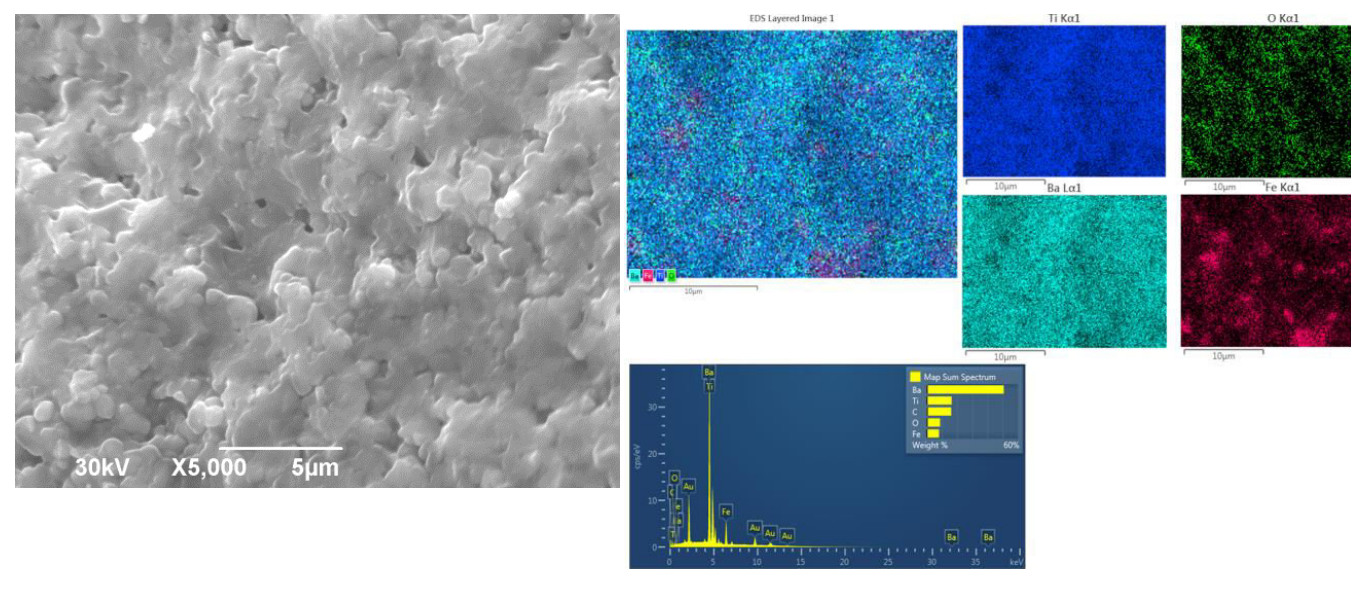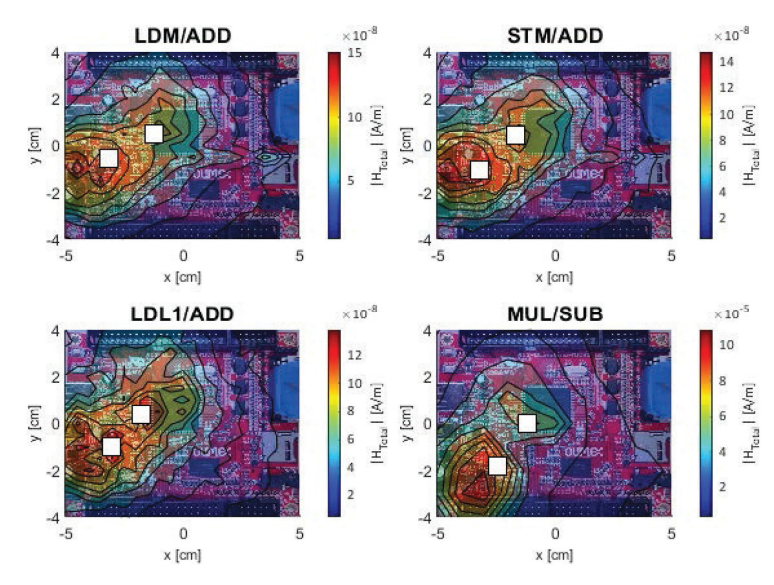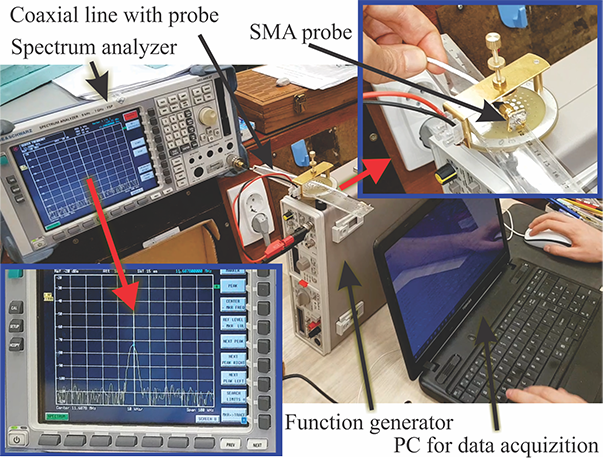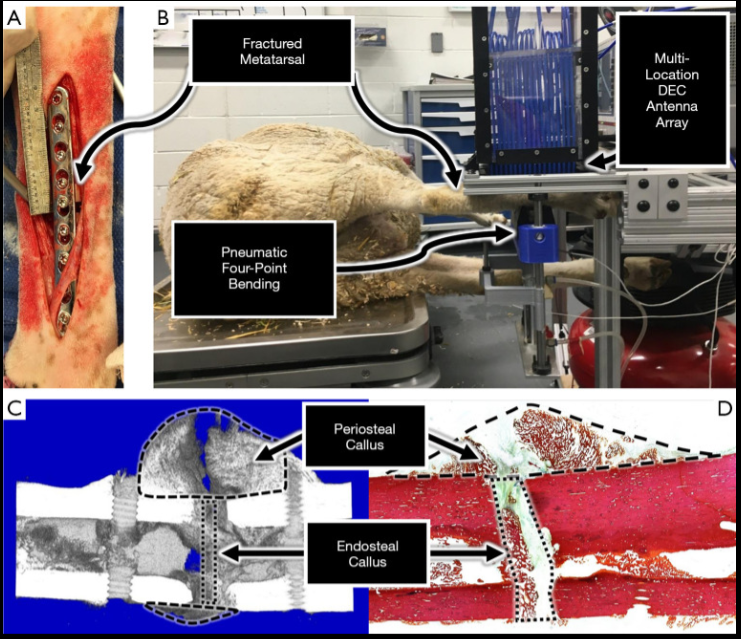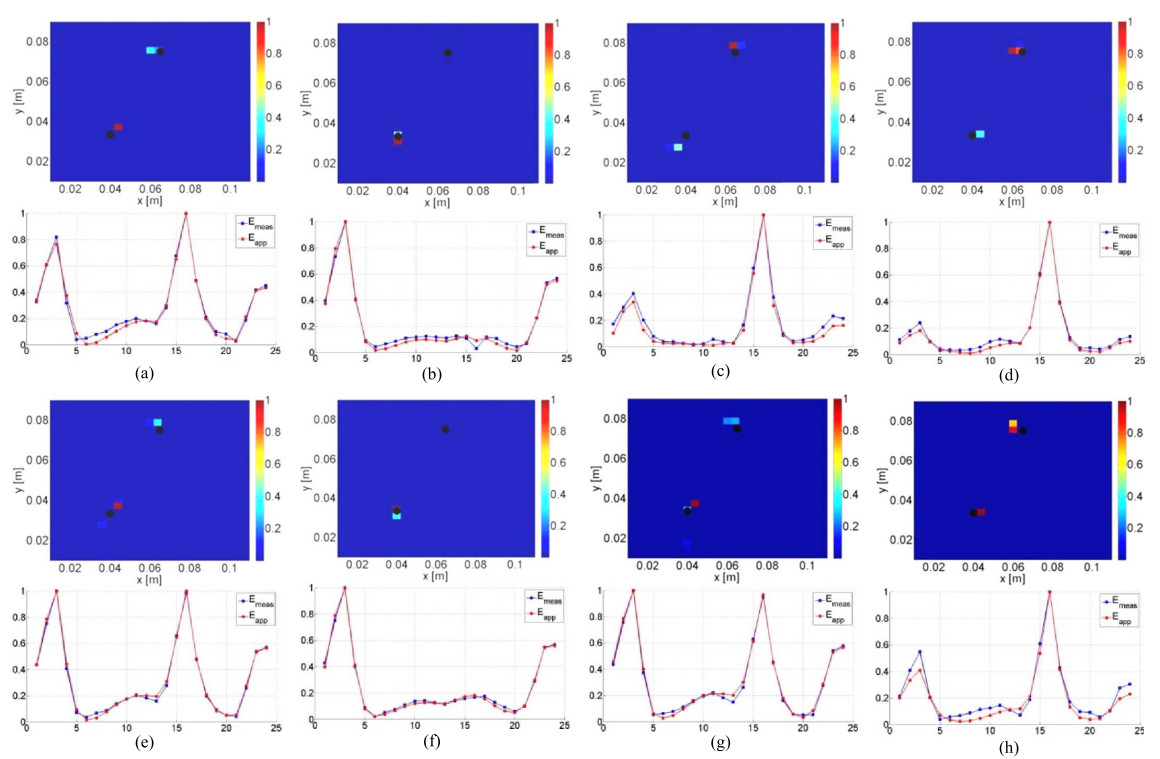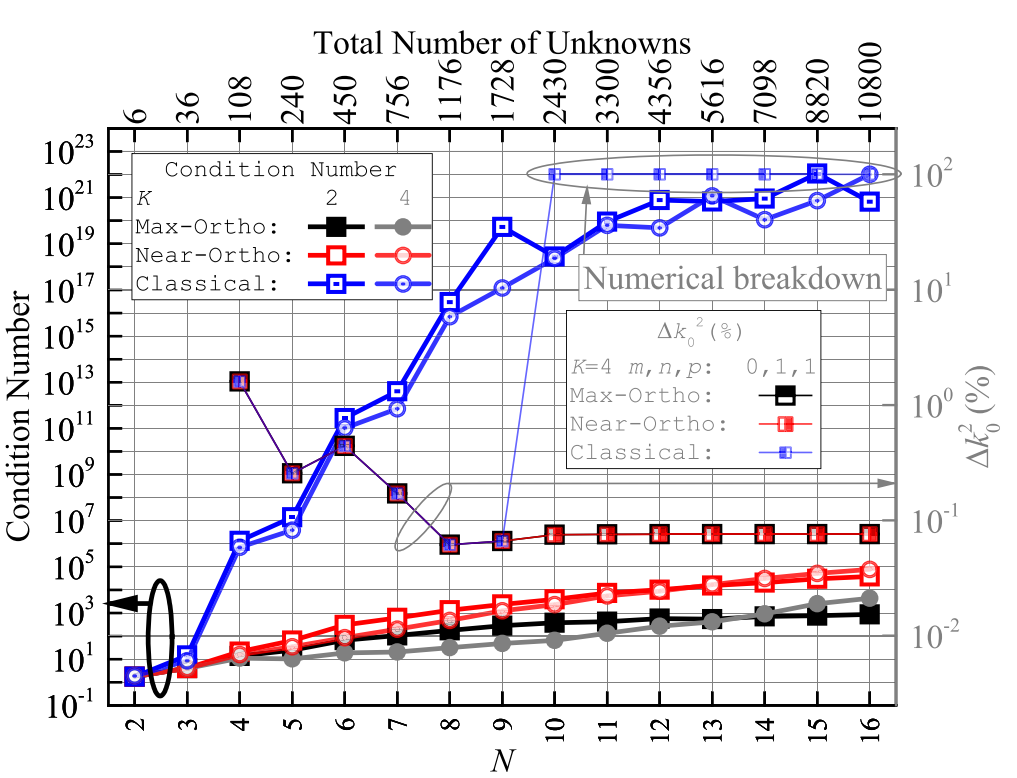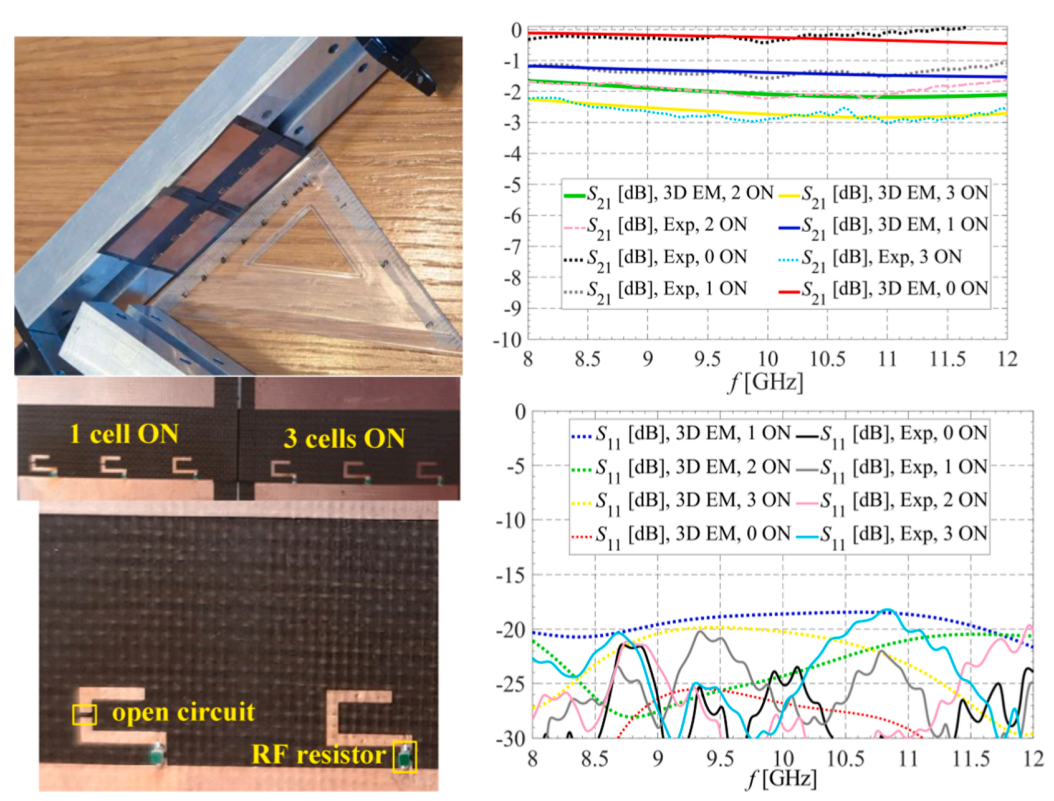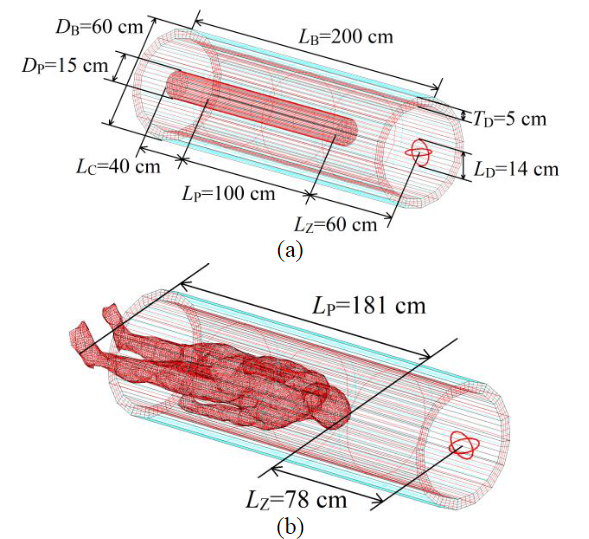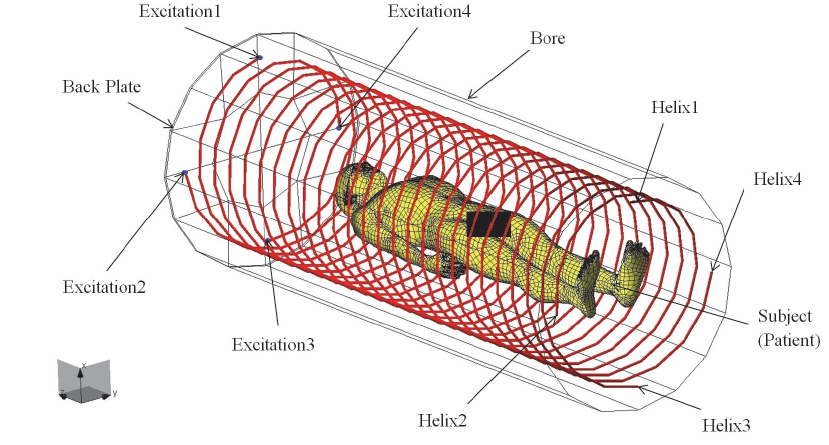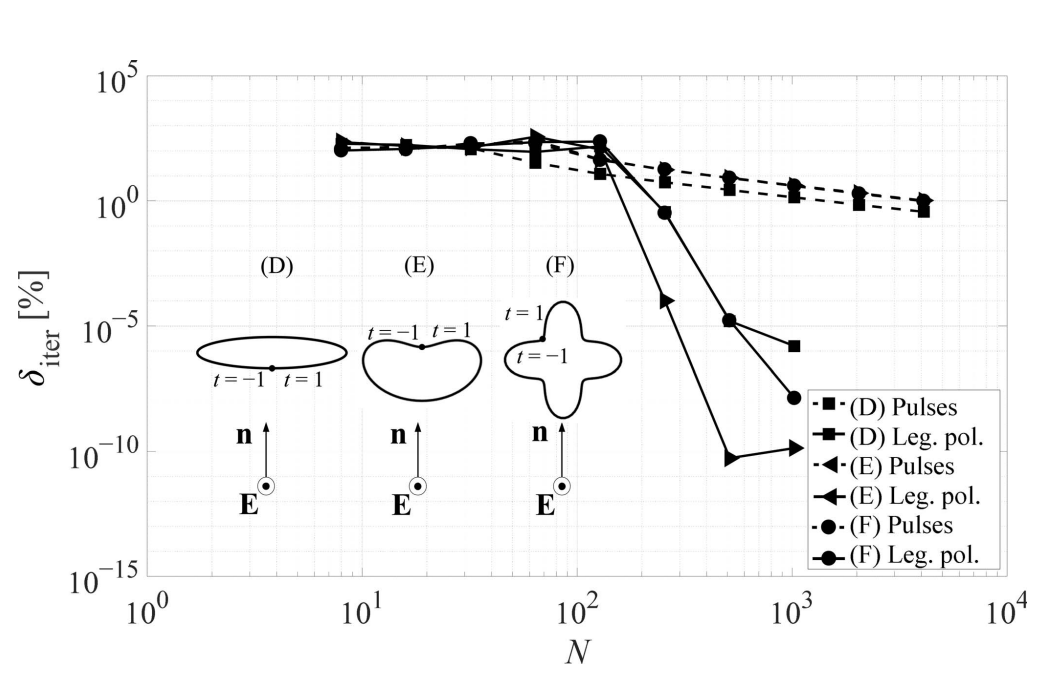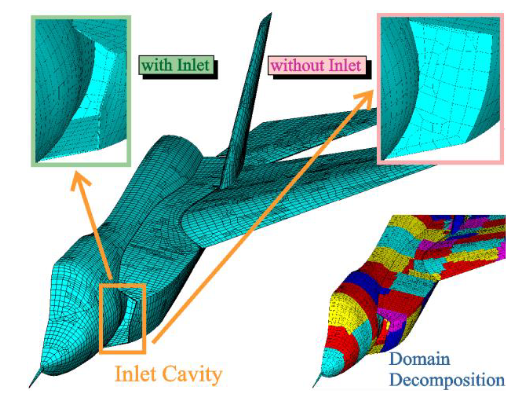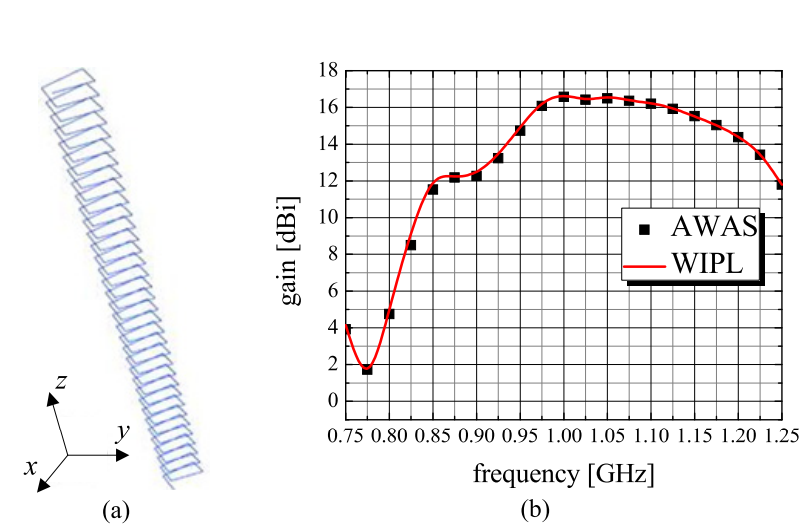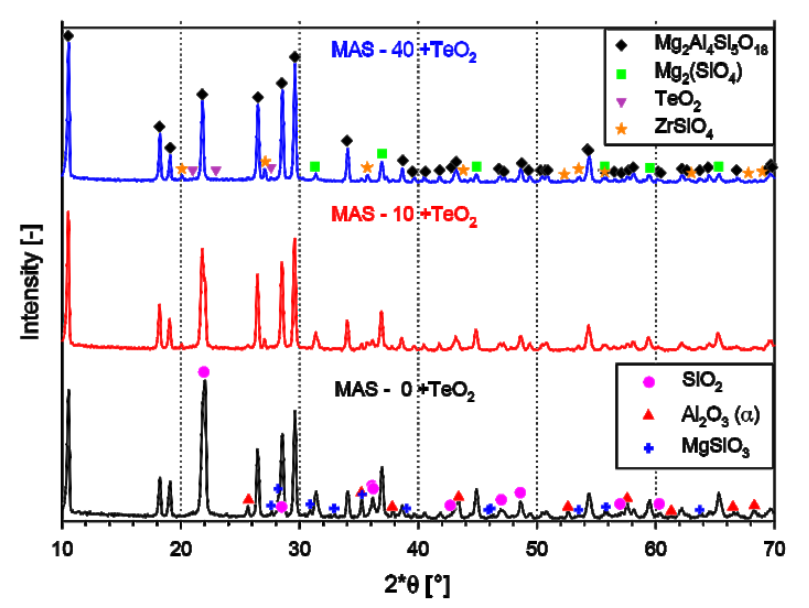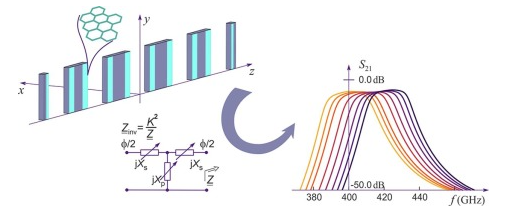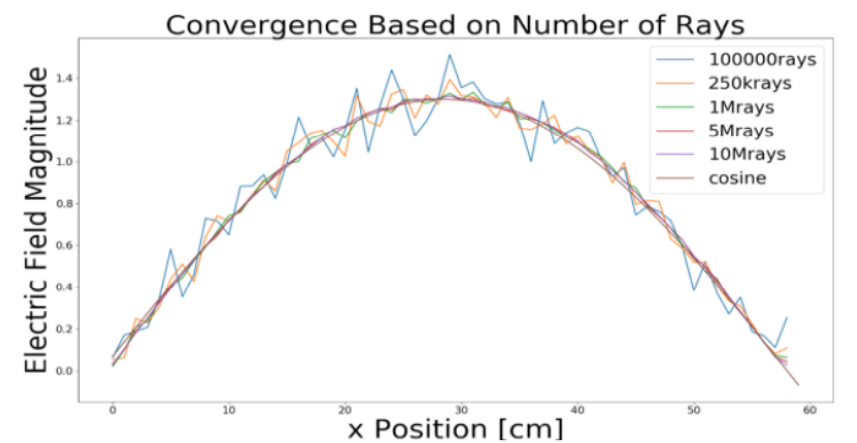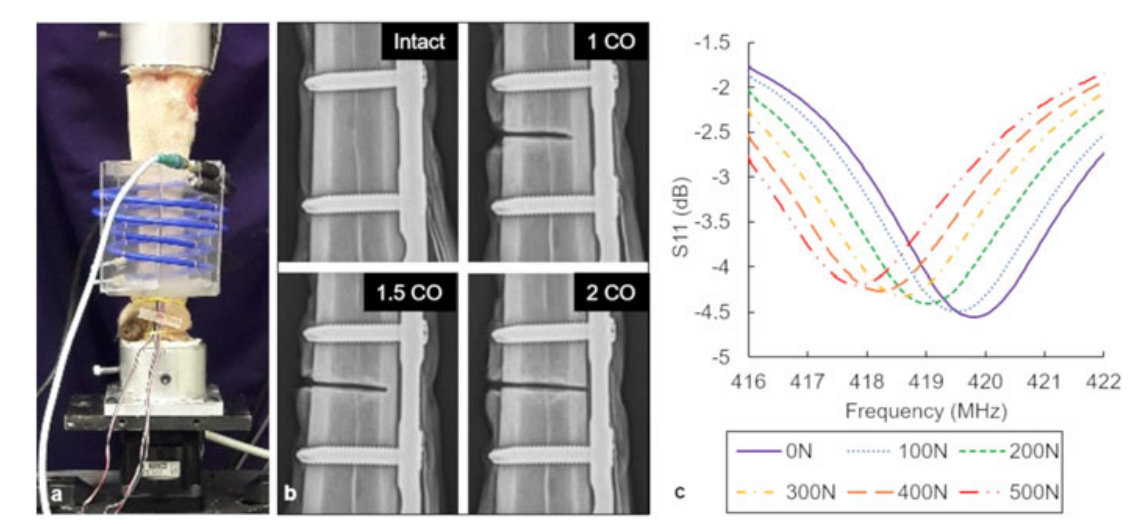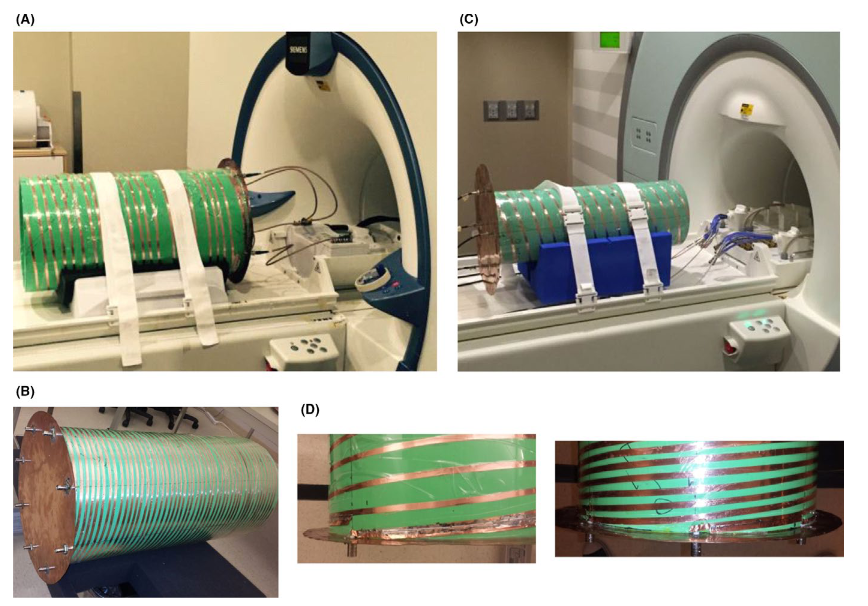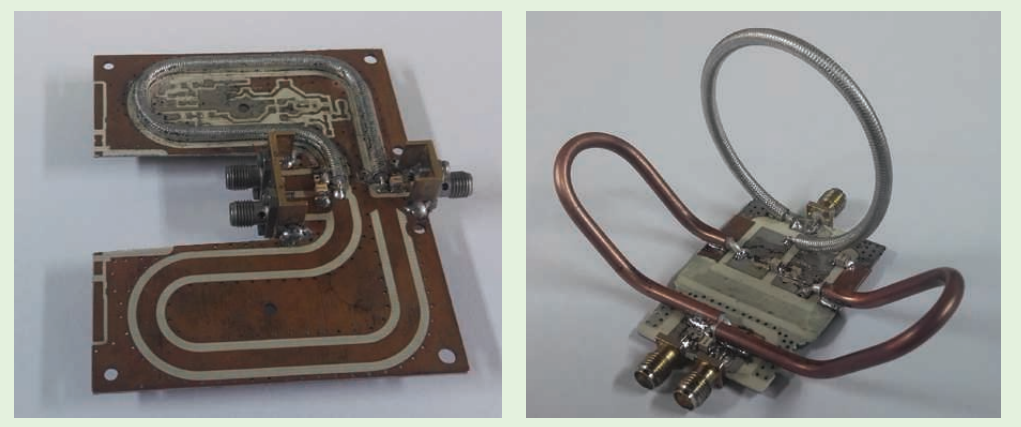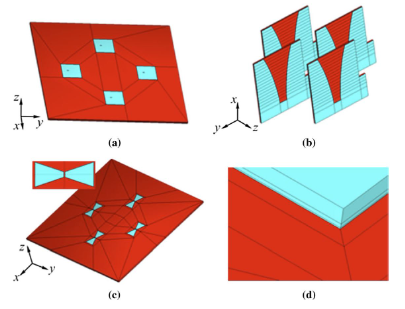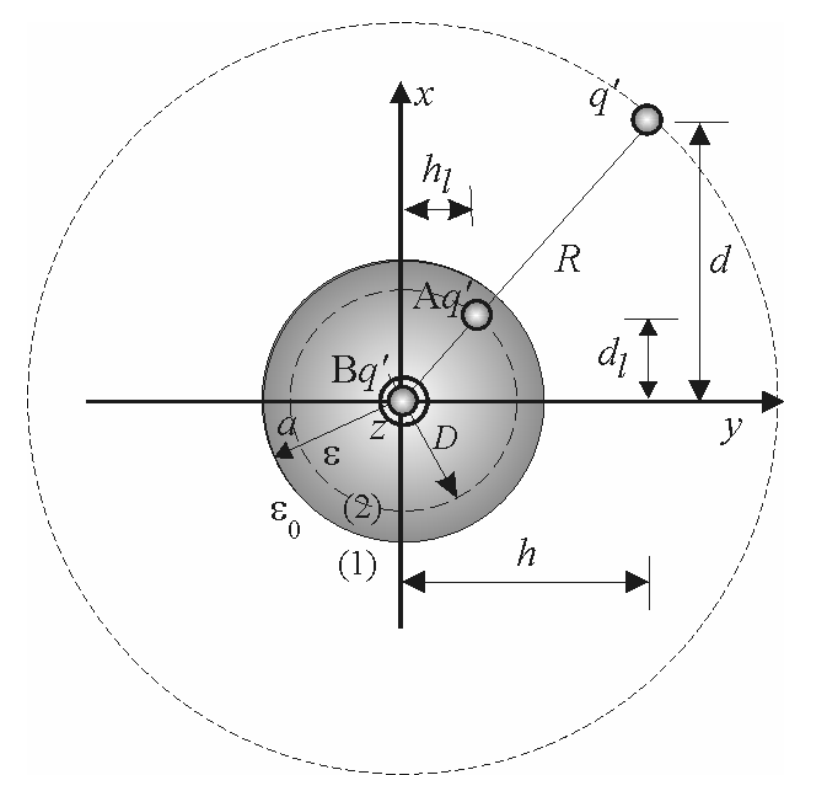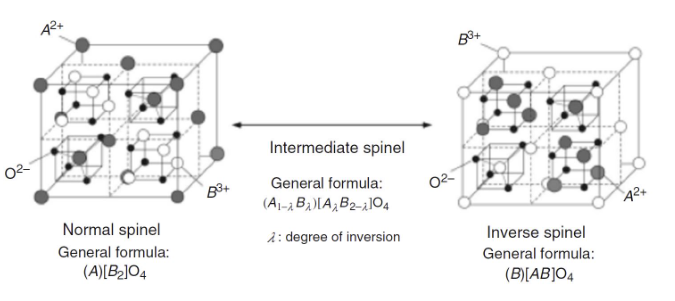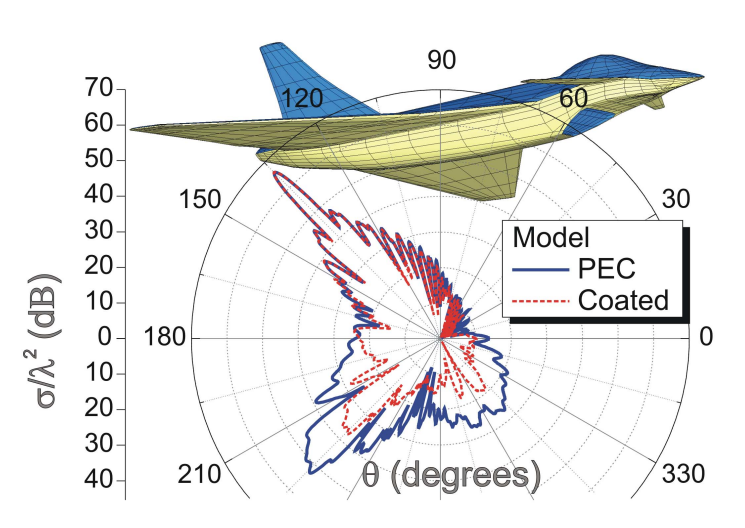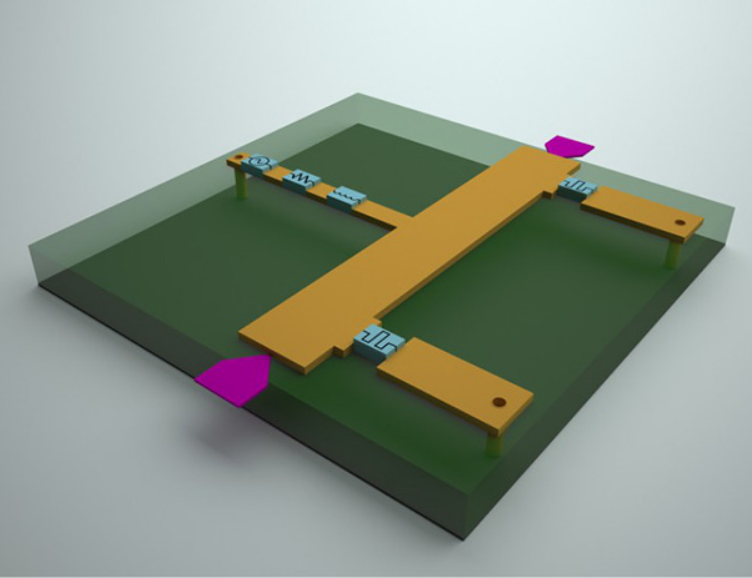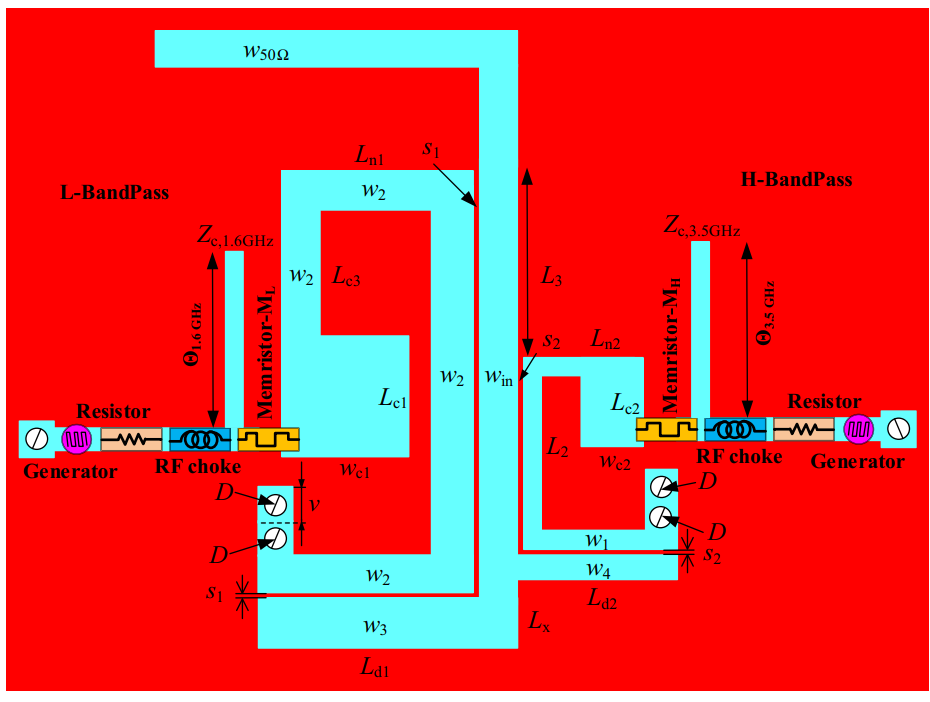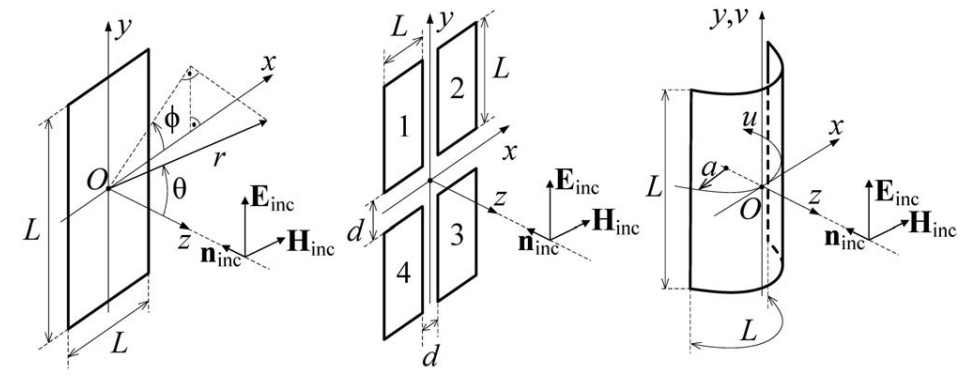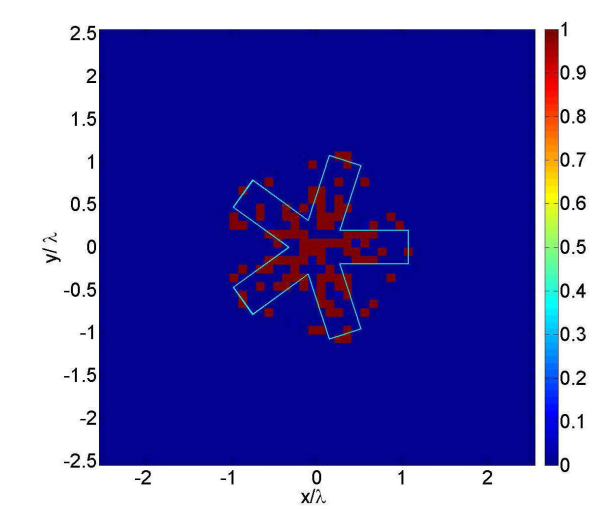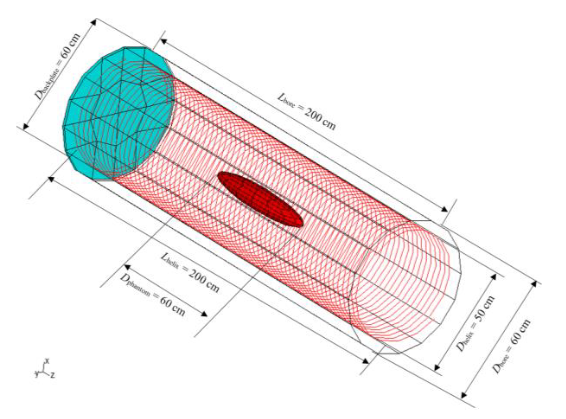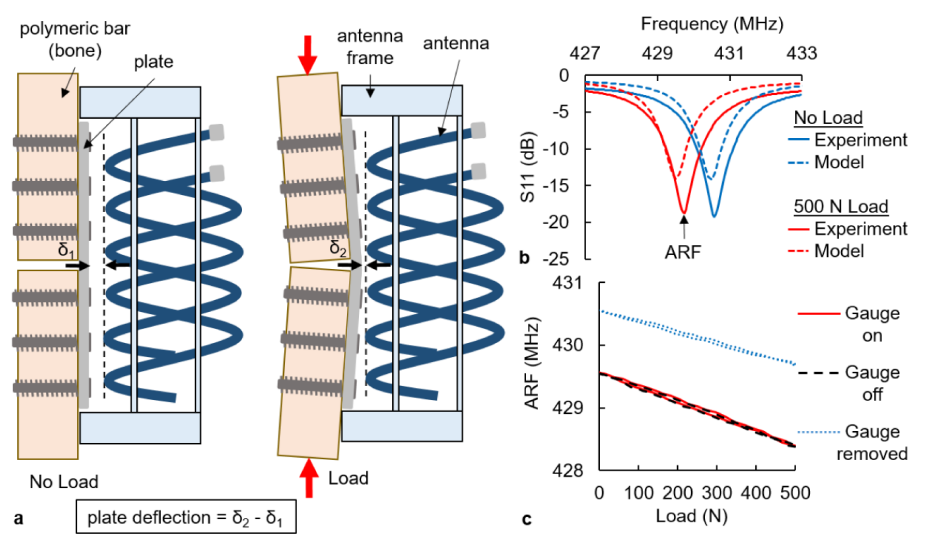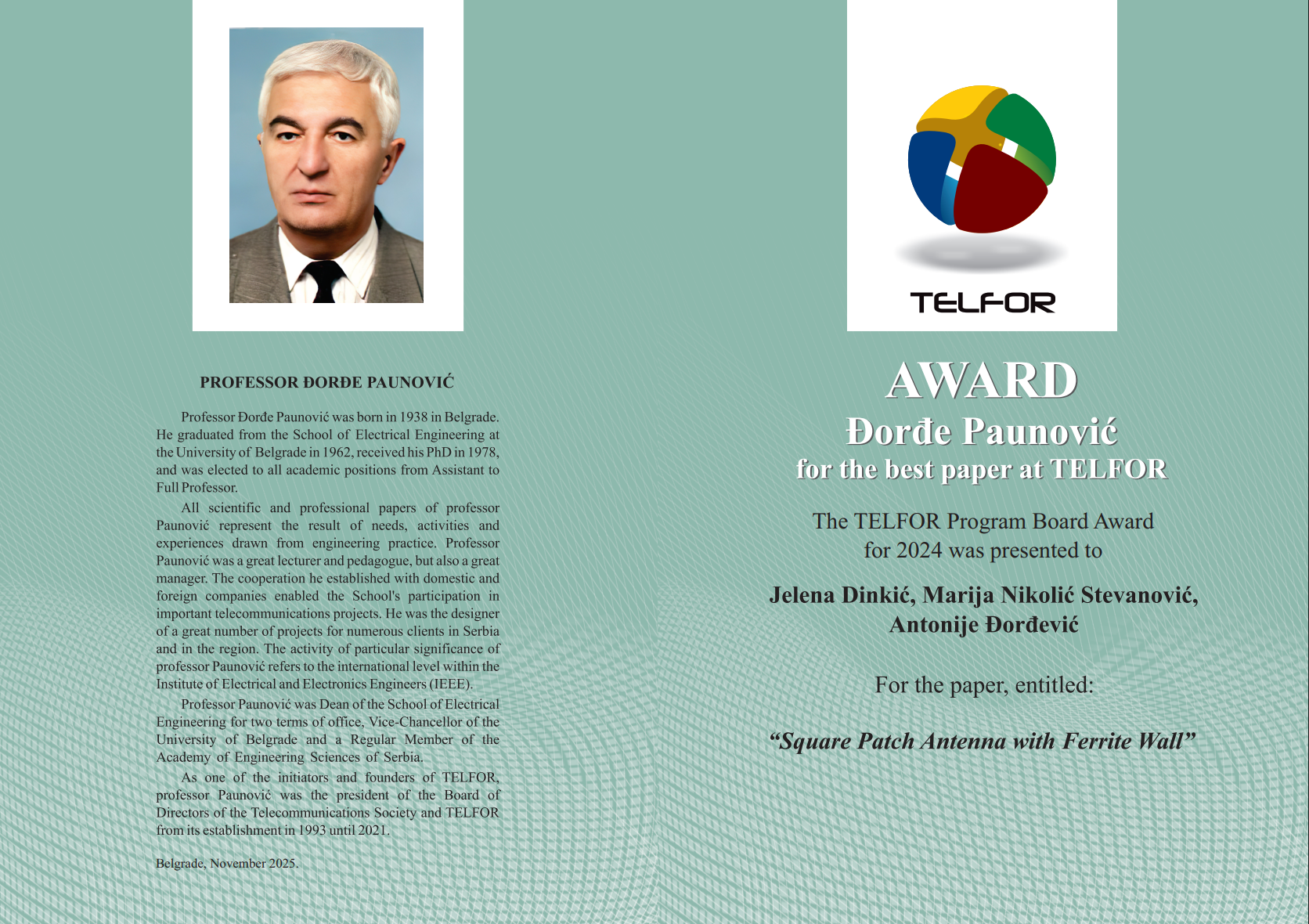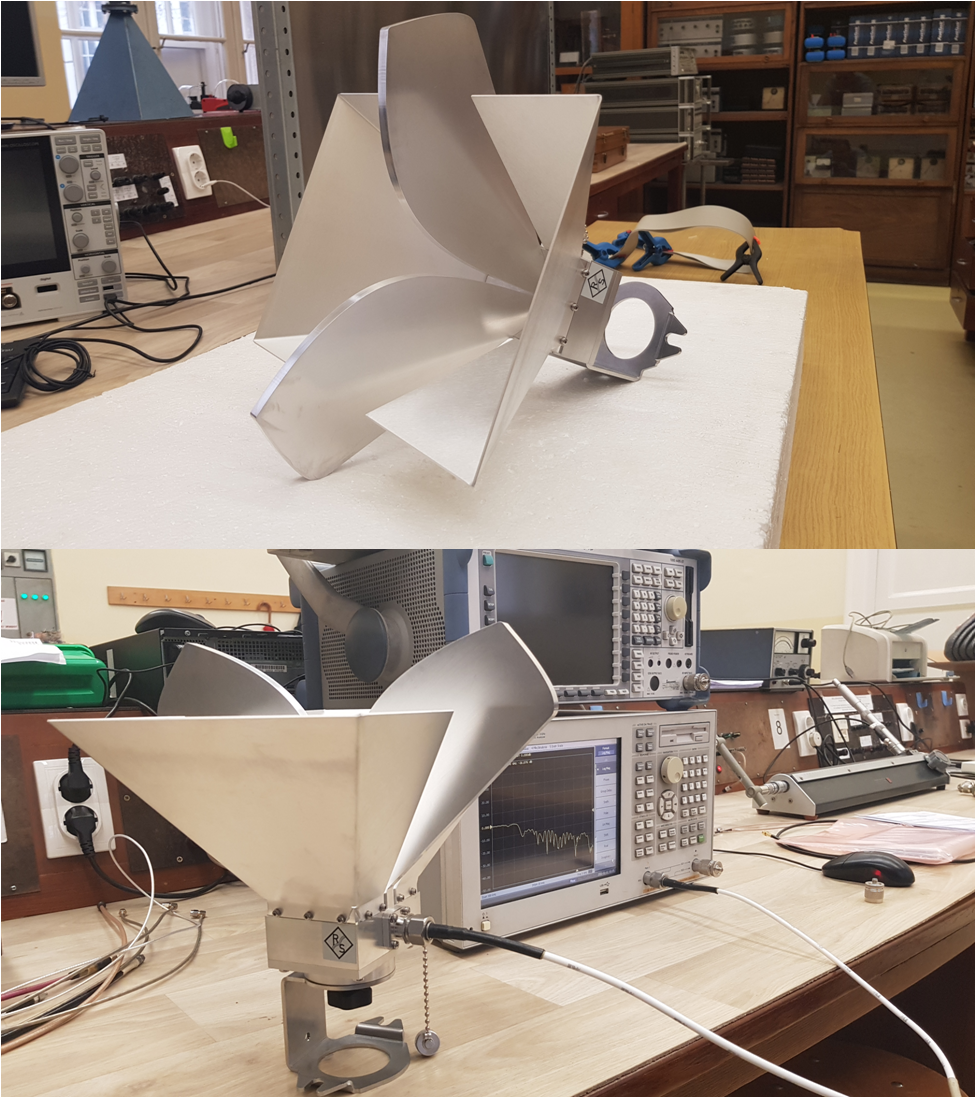Oblasti izučavanja
U glavne oblasti izučavanja naše grupe spadaju:
- Teorija elektromagnetskih polja
- Numerička elektromagnetika i modelovanje
- Elektromagnetika u biomedicinskom inženjerstvu
- Antene i prostiranje radiotalasa
- Mikrotalasna kola
- Elektromagnetska kompatibilnost
- Mikrotalasna merenja
- Dizajn mikrotalasnih filtara
- Simboličke simulacije kola i sistema
- Inverzno rasejanje
- Primene optimizacionih algoritama u elektromagnetici
- Automatska segmentacija za 3D elektromagnetske simulacije
Patenti i radovi sa SCI liste
2026. godina
A microwave sensor array for tumor detection and localization was designed and fabricated on an FR-4 substrate. The sensor consists of three square-shaped split-ring resonators coupled to a microstrip feeding line. Each sensing cell produces a stopband in the transmission spectrum of the device. The sensing cells are mutually decoupled, so that the deposition of the sample on one of the cells induces shift of resonant frequency of only that cell, thereby enabling spatial resolution. The sensing performance was experimentally verified with the samples of animal tissues in an ex vivo setting. Pork fat and lean tissues were used for preparing the samples, since the dielectric contrast between them roughly corresponds to the contrast between healthy and tumorous tissue. Experimental results suggest that the designed sensor can be effectively used for tumor detection and localization.
2025. godina
In this paper, we present an extremely compact eleven-state microwave filter with four concentric split-ring resonators (SRRs). Reconfigurability is achieved by switching off either single or multiple SRRs, thereby obtaining different triple-band, dual-band, and single-band configurations from the initial quad-band topology. Switches are placed on the vertical branches of SRRs in order to minimize the additional insertion loss. As switching elements, we first use traditional RF switches—PIN diodes—and then examine the integration of non-volatile RF switches—memristors—into filter design. Memristors’ ability to remember previous electrical states makes them a main building block for designing circuits that are both energy-efficient and adaptive, opening a new era in electronics and artificial intelligence. As RF memristors are not commercially available, PIN diodes are used for experimental filter verification. Afterwards, we compare the filter characteristics realized with PIN diodes and memristors to present capabilities of memristor technology. Memristors require no bias, and their parasitic effects are modeled with low resistance for the ON state and low capacitance for the OFF state. Measured performances of all obtained configurations are in good agreement with the simulations. The filter footprint area is 26 mm × 29 mm on DiClad substrate.
This paper presents a dual-band bandpass filter with passband switchability controlled by using memristors. The memristor is a good choice as a control element due to its characteristics, such as low-power consumption, no bias needed, good electrical characteristics, and no moving parts. The filter’s reconfigurability is achieved by using memristors to selectively connect filter elements to ground. For the filter realization, multilayer technology with quasi-lumped elements has been chosen because of filter size miniaturization. Circuit-level simulations were initially used for quick analysis, followed by 3D EM simulations to validate the expected functionality of the proposed design concept. The results confirm the feasibility of a very small dual-band bandpass filter with independently controllable passbands. The frequency response of each of the two passbands (3.5 GHz and 5.8 GHz) can be tuned with negligible impact on the other passband by controlling the states of the memristors. The filter footprint area is equal to 0.10 λg × 0.12 λg, where λg is the guided wavelength at 3.5 GHz.
This paper presents the novel design of a printed, low-cost, dual-port, and dual-polarized slot antenna for microwave biomedical radars. The butterfly shape of the radiating element, with orthogonally positioned arms, enables simultaneous radiation of both vertically and horizontally polarized waves. The antenna is intended for full-duplex in-band applications using two mutually isolated antenna ports, with the CPW port on the same side of the substrate as the slot antenna and the microstrip port positioned orthogonally on the other side of the substrate. Those two ports can be used as transmit and receive ports in a radar transceiver, with a port isolation of 25 dB. Thanks to the bow-tie shape of the slots and an additional coupling region between the butterfly arms, there is more flexibility in simultaneous optimization of the resonant frequency and input impedance at both ports, avoiding the need for a complicated matching network that introduces the attenuation and increases antenna dimensions. The advantage of this design is demonstrated through the modeling of an eight-element dual-port linear array with an extremely simple feed network for high-gain biosensing applications. To validate the simulation results, prototypes of the proposed antenna were fabricated and tested. The measured operating band of the antennas spans from 2.35 GHz to 2.55 GHz, with reflection coefficients of less than—10 dB, a maximum gain of 8.5 dBi, and a front-to-back gain ratio that is greater than 15 dB, which is comparable with other published single dual-port slot antennas. This is the simplest proposed dual-port, dual-polarization antenna that enables straightforward scaling to other frequency bands.
Objectives
The purpose of this study was to evaluate the feasibility and efficacy of longitudinal bending measurements to monitor the progression of fracture healing. Standard methods for evaluating bone healing rely on the assessment of radiographs, which is subjective in nature and intractable during the first several weeks of healing due to the delayed timeframe of radiographically visible mineralization. In contrast, bending measurements can provide a direct objective measurement of fracture stability that is sensitive to soft callus formation during the acute healing phase.
Methods
In this study, a direct electromagnetic coupling (DEC) sensing system, which measures bending compliance, was evaluated in an exploratory observational study of diaphyseal tibial fracture patients. Longitudinal measurements were obtained from five patients at their clinical visits and remotely from 14 patients in their homes.
Results
The DEC bending data satisfied repeatability criteria of less than 10% precision error in 12 of 14 remote patients. As expected, bending compliance decreased with time for 17 of 18 fractures that resulted in union. One fracture resulted in non-union, and the corresponding bending compliance increased with time. The bending compliance rate of change, determined as early as 4 weeks post-injury, detected significant differences between patients with and without non-steroidal anti-inflammatory drug (NSAID) use and between patients with and without co-morbidities.
Conclusions
These results demonstrated the feasibility of remote bending measurements using DEC, which provide a precise metric of early fracture healing rate that may be invaluable for clinical patient management and as an outcome measure in clinical research.
The millimetre-wave communications as well as the orbital angular momentum (OAM)-carrying waves have been increasingly considered recently, within the beyond-5G (B5G) communications paradigm. In addition, possible biomedical applications of such waves have been foreseen. However, relatively detailed investigations of OAM beam behaviour inside the tissues are currently available only for optical frequencies, and those are still scarce. Here we contribute accurate numerical modelling of such problems, relying on the publicly available open datasets of tissue properties at the frequencies of interest, and a critical discussion and comparison of analysed cases. We obtained that the degradation of OAM modes in high-loss tissues is significant, about seven orders of magnitude at the propagation length of two wavelengths in air, in comparison with about two orders of magnitude for the fat tissue. At the same time, under the controlled incidence conditions, it did not significantly depend on the mode order which has been proposed in some works. The results are accompanied with the detailed discussions that should resolve possible discrepancies about the OAM wave propagation and provide adequate insights into the properties of the OAM waves.
A multi-epoch mini-batch variant of the Levenberg-Marquardt algorithm (LMA) is proposed for an efficient training of large training sets applied in consensus deep neural network (Consensus DNN) of complex antenna models. In each training epoch the proposed approach divides whole training set into mini-batches and applies multiple iterations on each of them, where initial weights and biases are overtaken from the previously trained mini-batch. By appropriately selecting the mini-batch size and number of iterations per mini-batch, the adapted LMA enables shorter training time and higher accuracy than standard LMA. Owing to this adaptation the training of Consensus DNN is facilitated and its accuracy is improved.
Multicarrier Modulation (MCM) schemes based on Nested Periodic Matrices (NPMs) offer promising solutions to the high Peak-to-Average Power Ratio (PAPR) problem in Orthogonal Frequency Division Multiplexing (OFDM). Among these, Ramanujan Periodic-subspace Division Multiplexing (RPDM) emerges as a candidate and has been analyzed when the number of subcarriers q is an integer power of 2, which represents a small subset of N . Moreover, RPDM’s transformation matrix loses orthogonality for non-integer-power-of-two subcarriers, leading to increased computational complexity. To address these limitations, this work introduces Orthogonal Ramanujan Periodic-subspace Division Multiplexing (ORPDM), an MCM scheme leveraging Orthogonal Ramanujan Bases (ORBs) that retain transformation matrix orthogonality for all q∈N with an enhanced computational efficiency over RPDM. The PAPR performance of OFDM, RPDM, and ORPDM is comprehensively evaluated across all natural numbers. Our theoretical and numerical analyses reveal: 1) RPDM and ORPDM consistently provide lower PAPR than OFDM; 2) For prime q, RPDM provides the lowest PAPR; 3) For prime power (q=pm) , ORPDM excels for smaller prime powers (p<7) , while RPDM is superior when p≥7 ; 4) For composite q, if all prime factors are ≤5 , ORPDM achieves the best PAPR reduction; if all prime factors are ≥7 , RPDM remains optimal. In addition to PAPR, we evaluate and compare spectral efficiency, Out-of-Band (OOB) emissions, and Bit Error Rate (BER) performance across the three MCM schemes.
Comparison of machine-learning antenna models, based on one deep neural network, an ensemble of neural networks and a mixture of experts, is presented. Two datasets comprising 100,000 samples each, with the sole difference in the ranges of antenna parameters, are used for training of considered machine learning approaches. Comparison in terms of accuracy and training time show a significant influence of the chosen design space (dataset) for training. One order of magnitude higher accuracy is achieved using a dataset generated with narrower ranges of antenna parameters. The newly proposed approach based on a mixture of experts achieved superior results when trained using wider ranges of parameters. If models are trained using narrower ranges of antenna parameters, then every model provides a unique compromise between the accuracy and training time.
2024. godina
This article presented a sensing method for detecting SARS-CoV-2 based on refractive index (RI). The approach utilizes the established nanogap terahertz metamaterial unit cell design as a biosensor. The underlying idea is that the SARS-CoV-2 virus can be treated as a nanoparticle, falling within the 30–100 nm diameter range. Therefore, it can be detected using established and dependable photonics methods. Notably, the SARS-CoV-2 virus family exhibits a negative RI between − 0.96 and − 1. Absorption coefficient is 226,615.2 cm−1, absorption rate is 97% and sensitivity (S) is 330 mm/RIU. The analysis shows a minimal deviation in absorption and resonant frequency when varying the thickness of the dielectric clad from 30 to 100 nm. This stability makes it a suitable outcome for sensing SARS-CoV-2.
In this paper, we realize a compact reconfigurable dual-band bandpass filter using memristive switches. The filter consists of two fourth-order single-band bandpass filters with mixed resonators. For the filter implementation, we use microstrip technology. In order to miniaturize the footprint area, around two times, we adopt the multilayer technology. The proposed filter has two operating modes: (1) dual-band bandpass (2BP) with both switches in the OFF state, and (2) single-band bandpass (1BP) for the switches in the ON state. A commercial RF memristor is not available yet, so we emulate its ON/OFF state with short- or open-circuit for the filter prototype fabrication. Measurements of the microstrip prototype validate the proposed design and are in good agreement with the 3D EM and circuit simulations. For 2BP mode, the central frequencies are 2.42GHz and 5.19GHz, while the 3dB fractional bandwidths (3dB FBW) are 7.7% and 5.35%, respectively. On the other hand, 1BP mode has a lower central frequency equal to 2.42GHz and the 3dB FBW is 7.6%, while the higher passband is suppressed more than 25dB. The footprint area is 0.37 λg×0.18 λg, when λg is given for the lower central frequency at 2.42GHz.
We present a simple derivation of the increments of the admittance parameters of an antenna array caused by scattering from a target in an inhomogeneous reciprocal medium. The basis of the derivation is the reciprocity theorem, adapted for the excitation by ideal voltage generators. In this way, we extend previous results on this topic, which comprised formulas for the increments of impedance and scattering parameters in a nonmagnetic medium. The additional value of this derivation is a relationship between the increments of the different network parameters. The derivations are general, but they reach simple forms in the case of weak coupling. The validity of the obtained expressions is confirmed through a formal mathematical derivation.
In this paper, we present a framework for the solution of inverse scattering problems that integrates traditional imaging methods and deep learning. The goal is to image piece-wise homogeneous targets and it is pursued in three steps. First, raw-data are processed via orthogonality sampling method to obtain a qualitative image of the targets. Then, such an image is fed into a U-Net. In order to take advantage of the implicitly sparse nature of the information to be retrieved, the network is trained to retrieve a map of the spatial gradient of the unknown contrast. Finally, such an augmented shape is turned into a map of the unknown permittivity by means of a simple post-processing. The framework is computationally effective, since all processing steps are performed in real-time. To provide an example of the achievable performance, Fresnel experimental data have been used as a validation.
We present a method for identification of type and state ( on/off ) of flat-panel monitors, based on artificial neural networks and measurements of electromagnetic emanations in the presence of real-life noise, including other monitors in the vicinity. The proposed approach can identify monitor type and state with 99% accuracy (from a set of twelve). Instead of a single network, we use an ensemble of independently trained multilayer perceptron networks, since each training yields a different network. Further, we present an approach for automatic detection of significant frequency subranges of measured emanations, which eliminates less relevant inputs to neural networks and leads to reduction of their topological complexity, accelerates the training, minimizes the required set of experimental data and provides an overall insight into the spectral characteristics of emanations.
Ceramic/polymer composites can be chemically stable, mechanically strong, and flexible, which make them candidates for electric devices, such as pressure or temperature sensors, energy storage or harvesting devices, actuators, and so forth. Depending on the application, various electrical properties are of importance. Polymers usually have low dielectric permittivity, but increased dielectric permittivity can be achieved by the addition of the ceramic fillers with high dielectric constant. With the aim to enhance dielectric properties of the composite without loss of flexibility, 5 wt% of BaTiO3-Fe2O3 powder was added into a polyvinylidene fluoride matrix. The powder was prepared by different synthesis conditions to produce core/shell structures. The effect of the phase composition and morphology of the BaTiO3-Fe2O3 core/shell filler on the structure and lattice dynamics of the polymer composites was investigated. Based on the results of the thermal analysis, various parameters of ceramic/polymer composites were determined. Differences in the phase composition and morphology of the filler have an influence on the formation of various polyvinylidene fluoride allomorphs and the degree of crystallinity. Furthermore, the dielectric performances of pure polyvinylidene fluoride and the polymer/ceramic composites were measured.
Magnesium titanate ceramics were prepared by reactive spark plasma sintering (SPS) at 1200 °C for 5 min. Prior to sintering, MgO and TiO2 powders were mixed by high energy ball milling (HEBM) for 15, 30, or 60 min. The effect of milling time on phase composition was analyzed by X-ray diffraction (XRD) for milled powders and sintered specimens. The morphology of the sintered ceramics was investigated by scanning electron microscopy (SEM), while elemental distribution was determined by energy dispersive spectroscopy (EDS). The presence of the MgTi2O5 phase was detected in XRD and was confirmed by EDS analysis. Microcracking was observed for specimens prepared with longer milling times and attributed to the coefficient of thermal expansion (CTE) mismatch dominantly due to the anisotropic crystal structure of MgTiO3 phase. The sample milled for 15 min showed the highest Vickers hardness due to less or no microcracking and nearly full density. The dielectric measurements in the range of 10 Hz–250 MHz demonstrated extremely high dielectric permittivity, as high as 104 at 1 kHz. An increase in loss tangents was observed due to oxygen vacancy formation, which was promoted by the vacuum environment during SPS. Oxygen vacancy-related dielectric relaxation was also detected and explained.
Recently, there has been an increase of interest in the use of electromagnetic (EM) waves with helical wavefronts, known as the orbital angular momentum (OAM) waves. Applications in the field of biomedicine have been foreseen, such as medical imaging and diagnosis, deep-tissue imaging, biosensing, and communication with medical implants. Other possible applications include various localized tissue treatments or tissue ablation. The available references mainly study the interaction of OAM light with biological structures, offering some insights into the biophotonics effects, but without the investigation of how to plan tissue exposures or how to estimate the EM field parameters in a particular case of application. We use the previously developed short dipole modeling of OAM EM fields to study the above problems by altering the OAM beam parameters and the distance from the target tissue. The results could guide the design of components and devices based on OAM EM waves.
2023. godina
When the memristor was fabricated for the first time, it launched an entirely new field of research. Many of the published papers regarding memristors are primarily theoretical and are based on computer simulations. Some recent papers analyze the memristor’s programming circuits, but to the best of the authors’ knowledge, no memristor has been embedded into a commercial analog circuit. This paper is practically oriented and it is based on the experimental results obtained by measurements on the circuit prototype. We present a solution for automated programming of a commercially available memristor and its implementation in tunable active bandpass filter design. The novelty of this paper is that the active bandpass filter’s central frequency could be programmed during the filter operation, so a pause for memristor state-switching is not required. The experimental results are promising, and open up possibilities for the memristor’s application in analog systems.
We propose novel patch antenna models to explain the influence of the dielectric on the antenna gain and radiation pattern. We demonstrate that a patch antenna can be replaced by a set of rectangular loops and sets of horizontal line dipoles, all located in a vacuum. When the relative permittivity of the substrate is close to one, the horizontal dipoles dominate, and the radiation in the horizontal directions is negligible. In contrast, when the relative permittivity is high, the radiation pattern of the antenna resembles the pattern of a loop placed perpendicularly to the ground plane. The developed models explain the gain reduction due to the presence of the dielectric of up to around 4.3 dB (compared with the antenna in a vacuum), which we have confirmed numerically. Another contribution of this communication is the derivation of a simple formula for the gain as a function of the substrate permittivity. Excellent agreement with numerical simulations has been obtained with only a few expansion terms.
This study explored the efficacy of collecting temporal fracture site compliance data via an advanced direct electromagnetic coupling (DEC) system equipped with a Vivaldi-type antenna, novel calibration technique, and multi-antenna setup (termed maDEC) as an approach to monitor acute fracture healing progress in a translational large animal model. The overarching goal of this approach was to provide insights into the acute healing dynamics, offering a promising avenue for optimizing fracture management strategies. A sample of twelve sheep, subjected to ostectomies and intramedullary nail fixations, was divided into two groups, simulating normal and impaired healing scenarios. Sequential maDEC compliance or stiffness measurements and radiographs were taken from the surgery until euthanasia at four or eight weeks and were subsequently compared with post-sacrifice biomechanical, micro-CT, and histological findings. The results showed that the maDEC system offered straightforward quantification of fracture site compliance via a multiantenna array. Notably, the rate of change in the maDEC-measured bending stiffness significantly varied between normal and impaired healing groups during both the 4-week and 8-week periods. In contrast, radiographically derived mRUST healing measurements displayed no significant differences between the groups. Moreover, the cumulative normalized stiffness maDEC data significantly correlated with post-sacrifice mechanical strength, micro-CT measurements of bone volume fraction, and density, and histomorphometric measurements of new bone area fraction and new bone area. These data indicate that the enhanced maDEC system provides a non-invasive, accurate method to monitor fracture healing during the acute healing phase, showing distinct stiffness profiles between normal and impaired healing groups and offering critical insights into the healing process's progress and efficiency.
Utilization of planar printed uniform circular antenna arrays (UCA) to generate the orbital angular momentum (OAM) carrying waves in the millimeter-wave (mmWave) frequency band is advantageous from the viewpoints of easy signal modulation and mode reconfiguration, low cost, low profile, and straightforward integration with the existing broadband wireless infrastructure. The OAM mmWave UCA are highly promising as the enablers of very high transmission data rates required by hybrid 5G/6G optical and wireless communication systems by complementing and enhancing other technologies currently in use. Therefore, we here contribute a detailed electromagnetic analysis of important constraints of such antenna arrangements aimed at short-range multimode OAM wave transmission. We investigate (i) the required antenna array dimensions and optimized UCA arrangements for a particular link range and (ii) the corresponding mode structure of OAM waves in the plane of receiving arrays. Four relatively simple antenna configurations operating in the 60-GHz band are compared. Theoretical assumptions based on ideal OAM modes are critically assessed and, using state-of-the-art numerical electromagnetic analysis, compared to realistically generated OAM waves. The proposed “cyclic transmission setup” resulted in much lower unwanted field components in the region of receiving arrays. RMS magnitudes of unwanted modes are on average about 64% of the received mode, in comparison with 80% (up to 94%) for sequential transmission. The observed mode impurities and mode mixing effects at the receiver indicate the need to dedicate more attention to the system-level design, the development of efficient receiving arrays, the MIMO processing, and the stream separation.
Orbital angular momentum (OAM) multiplexing is a recently considered solution for enhancing wireless and free-space optical communications channel capacity, whether implemented separately or in combination with existing multiplexing techniques. The theoretically infinite number of paraxially propagating and mutually orthogonal OAM modes is expected to increase the channel capacity. However, the orthogonality for different OAM modes has been shown to decrease for far link range distances, and the paraxiality of the OAM beams is not very good for small radiating sources. Based on the current knowledge, OAM beams are most likely to be used for short-range communications. Many models of the electromagnetic (EM) fields carrying the OAM neglect the fact that the OAM beam sources could be electrically large or introduce other approximations that are appropriate for far-field analysis only. An in-depth analysis of the short-range properties of OAM EM fields is still lacking. To address this problem, we propose the use of the infinitesimal (Hertz) dipole method customized for the analysis of the OAM EM fields. This technique can model the positioning and basic radiation properties of separate antennas or antenna sub-arrays that are the building blocks of OAM arrays exactly and efficiently. Similar modeling can represent the OAM sources for free-space optical communications. We focus here on the uniform circular antenna arrays and provide an in-depth analysis of what can and cannot be expected, in the best case, in their utilization. We assume low losses, which is a common assumption for many methods, except for computationally much more demanding full-wave simulations. The obtained results indicate the need to simultaneously optimize the transmission of all planned OAM modes and allow estimates of the link distances that could provide adequate OAM wave reception in various cases.
The orbital angular momentum (OAM or vortex) waves are expected to provide ten-fold and larger increases in wireless data rates, required for short-range communications within the beyond 5G and 6G concept of all-connected life and industry. We address the specifics of short-range communications employing OAM-carrying waves generated by small uniform circular arrays (UCAs) at lower, i.e., 10 GHz, transmission frequencies. Comparing the link budgets obtained using (i) asymptotic analytical formulas, (ii) numerical electromagnetic simulations, and (iii) measurements on two pairs of manufactured prototypes comprising 8 microstrip-patch-element UCAs, we point out the limitations of simplified models which do not account for various effects, such as coupling, parasitic radiation, and insertion loss. The observed effects are expected to be relevant at millimeter-wave frequencies as well.
A purely passive design technique for a class-J power amplifier (PA) is proposed, based on complex terminations at the fundamental frequency and the second harmonic, which increases the bandwidth while maintaining high efficiency. Using combined analytical derivation and numerical simulations, the drain impedance termination locus curve is obtained in the drain efficiency and DC voltage spaces. Successive application of the newly proposed de-normalization technique avoids the drain DC voltage manipulation used elsewhere. This is due to the resulting variable reactance of the output drain-source capacitor, optimal over a wide frequency range. Following the proposed procedure and the obtained optimal parametric space, a GaN HEMT-based PA is designed, fabricated, and tested displaying a very good agreement of the predicted and measured results.
2022. godina
Medical microwave imaging (MMWI) is a multidisciplinary task that requires precise electromagnetic modeling of heterogeneous human tissues, solving of non-linear and ill-posed inverse scattering problems with weak contrasts, and design of compact antenna arrays well-matched to adjacent body parts. If any of activities listed above does not perform well, the resulting imaging will be poor. In this paper, we devote a special effort to achieve high accuracy in electromagnetic simulations of MMWI scenarios. This complex task requires developing a suitable meshing procedure, which balances model fidelity and computational bottlenecks such as a large number of unknowns in the electromagnetic model. Thus, instead of a simple conversion from triangles to quads, we offer a technique that generates high-quality mesh (in terms of both simulation speed and geometrical accuracy) with controllable deviation from the initial model. In addition, we developed a strategy for self-convergence tests that prove the reliability of the simulation results in the MMWI framework. Moreover, an additional validity test has been proposed, based on the inverse scattering operator, commonly used in many microwave imaging algorithms. The effectiveness of these novel techniques is demonstrated with the example of a 21-antenna system placed around the 5-tissue head phantom with and without stroke.
We present a general approach for antenna design and optimization based on consensus of results from a number of independently trained deep neural networks (DNNs). The aim of using the consensus is to reduce the uncertainty of results from a single DNN. The approach leads to several orders of magnitude faster antenna optimization and design compared to the optimization based on a full-wave solver and allows a compromise between the analysis speed and its accuracy. The used DNNs are multilayer perceptrons (MLP) with multiple fully connected hidden layers. As an example, we consider the Yagi–Uda antenna with four design parameters and optimize it for the maximal forward gain. The training of neural networks is done on datasets of several sizes, up to 1 million antenna samples. The samples are generated either randomly or at a uniform grid over the design space using the method of moments.
We developed a novel qualitative imaging algorithm based on a polynomial approximation of the unknown contrast and sparse ( l1 ) regularization. Contrary to previously published results, we defined polynomial basis functions on subdomains that divide the investigation domain. Moreover, we formulated constraints that ensure the continuity of the contrast on subdomain borders. We showed that the proposed algorithm improved imaging resolution, particularly in multiple target scenarios. We demonstrated that partitioning the investigation domain together with contrast continuity formulation enhanced the numerical stability and reduced the computation time. The obtained results were significantly less sensitive to the regularization parameter values than those obtained using the standard polynomial approximation. Namely, smaller domains allow lower polynomial orders, which are numerically more favorable. Continuity constraints reduce the search space and mitigate the occurrence of false solutions. Another contribution of this study is a novel strategy for regularization parameter selection. We considered different figures of merit and numerical scenarios to study the influence of various parameters involved in the imaging process, such as the polynomial order and number of subdomains. An extensive analysis proved the robustness of the approach against noise. The proposed algorithm was designed for two-dimensional geometry. However, generalization to three-dimensional space is straightforward. The algorithm can also be used with other types of regularization such as the l2 regularization. Potential applications include medical microwave imaging, in which high resolution and noise immunity are vital features.
The recent COVID-19 pandemic has shown that there is a substantial need for high-precision reliable diagnostic tests able to detect extremely low virus concentrations nearly instantaneously. Since conventional methods are fairly limited, there is a need for an alternative method such as THz spectroscopy with the utilization of THz metamaterials. This paper proposes a method for sensitivity characterization, which is demonstrated on two chosen multi-band THz metamaterial sensors and samples of three different subtypes of the influenza A virus. Sensor models have been simulated in WIPL-D software in order to analyze their sensitivity both graphically and numerically around all resonant peaks in the presence of virus samples. The sensor with a sandwiched structure is shown to be more suitable for detecting extremely thin virus layers. The distribution of the electric field for this sensor suggests a possibility of controlling the two resonant modes independently. The sensor with cross-shaped patches achieves significantly better Q-factors and refractive sensitivities for both resonant peaks. The reasoning can be found in the wave–sample interaction enhancement due to the better electromagnetic field confinement. A high Q-factor of around 400 at the second resonant frequency makes the sensor with cross-shaped patches a promising candidate for potential applications in THz sensing.
A novel bandpass filter design using eighth-mode substrate integrated waveguide resonators is proposed. Resonators’ coupling is realized using a conductive bridge which may be tuned to achieve desired coupling coefficient. This realization overcomes the PCB resolution, i.e. the minimal gap between the resonators. An equivalent circuit is derived for the second order bandpass filter using a series inductor as the coupling bridge. Design curves of the external quality factor and coupling coefficient are proposed as closed form expressions. Filter prototypes are fabricated on FR4 substrate. The obtained responses show good agreement with 3D electromagnetic simulations, thereby validating the proposed filter design.
A novel high-precision model of a custom-made coaxial chamber used for broadband measurement of the relative complex permittivity at microwave frequencies is presented. The model is based on a surface integral-equation formulation of the method of moments tailored for bodies of revolution. All singular integrals encountered in the numerical analysis are calculated in a unified way with a novel integral transformation, which enables the precision of up to 12 significant digits using the 64-bit representation of real numbers. The dielectric parameters are estimated from the reflection-coefficient measurement of the chamber with a disk-shaped dielectric sample by comparison of the measured data with the high-precision numerical analysis of the chamber. The complete measurement procedure is illustrated and verified using samples of known dielectric properties.
We present a design of reflector impulse radiating antenna (IRA) with six feeding arms and a printed tapered balun that also provides broadband matching to a 50 Ω system. The design is obtained by thorough numerical analysis and optimization. Six feeding arms provide a lower input impedance while maintaining the same boresight gain in comparison to an IRA with four arms. By placing the balun in the antisymmetry plane of the antenna, boresight gain is practically intact and the resulting antenna construction is rigid. In order to increase the power handling for continuous-wave excitations, the resistors between the arms and the reflector are omitted yielding an antenna that can handle at least hundreds of watts. The compromises that arise when omitting the resistors are discussed. The results are verified by comparing the measurements of the fabricated prototype to the results obtained by the numerical analysis.
This paper presents a novel method for three-dimensional microwave imaging based on sparse processing. To enforce the sparsity of the unknown function, we take advantage of the fact that arbitrary three-dimensional electromagnetic fields can be decomposed into two components with respect to the radial direction: one with transverse-magnetic polarization and the other with transverse-electric polarization. Each component can be further expressed as a sum of spherical harmonics, which provide the dictionary exploited by the sparse processing algorithm. Our measurement model relates the data and the parameters of the spherical harmonics’ sources, which are uniformly distributed on a grid sampling the imaging domain. By relying on the theory of degrees of freedom of electromagnetic fields, it can be shown that only a few harmonics are sufficient to accurately represent the measured scattered field from objects whose diameter is of the order of the wavelength, thus allowing reducing the dimension of the adopted dictionary. We analyze several imaging scenarios to assess the algorithm’s performance, including different object shapes, sensor orientations, and signal-to-noise ratios. Moreover, we compare the obtained results with other state-of-the-art linear imaging techniques. Notably, thanks to the adopted dictionary, the proposed algorithm can yield accurate images of both convex and concave objects.
We present a simple derivation of the increment of the scattering and impedance parameters among antennas caused by the scattering from a target in an inhomogeneous nonmagnetic reciprocal medium. Although these formulas have been published in the literature, we provide a straightforward and elegant derivation using the electromagnetic (EM) reciprocity theorem and the circuit theory. In this way, we provide a deeper physical insight into the formulas crucial for most microwave imaging (MWI) algorithms.
The implementation of novel coaxial dipole antennas has been shown to be a satisfactory diagnostic platform for the prediction of orthopaedic bone fracture healing outcomes. These techniques require mechanical deflection of implanted metallic hardware (i.e., rods and plates), which, when loaded, produce measurable changes in the resonant frequency of the adjacent antenna. Despite promising initial results, the coiled coaxial antenna design is limited by large antenna sizes and nonlinearity in the resonant frequency data. The purpose of this study was to develop two Vivaldi antennas (a.k.a., “standard” and “miniaturized”) to address these challenges. Antenna behaviors were first computationally modeled prior to prototype fabrication. In subsequent benchtop tests, metallic plate segments were displaced from the prototype antennas via precision linear actuator while measuring resultant change in resonant frequency. Close agreement was observed between computational and benchtop results, where antennas were highly sensitive to small displacements of the metallic hardware, with sensitivity decreasing nonlinearly with increasing distance. Greater sensitivity was observed for the miniaturized design for both stainless steel and titanium implants. Additionally, these data demonstrated that by taking resonant frequency data during implant displacement and then again during antenna displacement from the same sample, via linear actuators, that “antenna calibration procedures” could be used to enable a clinically relevant quantification of fracture stiffness from the raw resonant frequency data. These improvements mitigate diagnostic challenges associated with nonlinear resonant frequency response seen in previous antenna designs.
Rapid prediction of adverse bone fracture healing outcome (e.g., nonunion and/or delayed union) is essential to advise adjunct therapies to reduce patient suffering and improving healing outcome. Radiographic diagnostic methods remain ineffective during early healing, resulting in average nonunion diagnosis times surpassing six months. To address this clinical deficit, we developed a novel diagnostic device to predict fracture healing outcome by noninvasive telemetric measurements of fracture bending stiffness. This study evaluated the hypothesis that our diagnostic antenna system is capable of accurately measuring temporal fracture healing stiffness, and advises the utility of this data for expedited prediction of healing outcomes during early (≤3 weeks) fracture recovery.
2021. godina
Digital potentiometers are substantial components for the design of many mixed-signal electronic circuits and systems. Their capability to program resistance value almost instantly provides hardware designers an additional level of freedom. Unfortunately, this feature is limited to DC and lower frequencies, due to parasitic effects. Nowadays, memristors as continuously tunable resistors are becoming candidates for potentiometer successors. Memristors are two-terminal non-volatile devices which have less significant parasitic effects and a wide resistance range. The memristance value can be changed on the fly. Using nanotechnology, memristor implementation has a nanoscale footprint with nanosecond transition between resistive states. In this paper, we present a comparison between the frequency characteristics of digital potentiometers and the only commercially available memristors. Memristor parasitic effects dominate at higher frequencies which extends the bandwidth. In order to present the advantages of memristive circuits, we have analyzed and implemented tunable circuits such as a voltage divider, an inverting amplifier, a high-pass filter, and a phase shifter. A commercially available memristor by KnowM Inc. is used for this purpose. Experimental results obtained by the measurements verify that a memristor has equal or better characteristics than a digital potentiometer. Memristive realizations of voltage dividers and inverting amplifiers have a wider bandwidth, while filters and phase shifters with a memristor have almost identical frequency characteristics as the corresponding realizations with a digital potentiometer.
Solid-state reaction between BaTiO3 and Fe2O3 was used to produce a multiferroic heterostructure composite. Commercial BaTiO3 and Fe(NO3)3•9H2O were suspended in ethanol for 30 minutes in an ultrasound bath. The prepared mixture was thermally processed at 300 oC for 6 h. Sintering at 1300 oC for 1 h resulted in a mixture of different phases, BaTiO3, BaFe12O19 and Ba12Ti28Fe15O84, which were confirmed by x-ray powder diffraction. A dense microstructure with a small volume fraction of closed porosity was indicated by the scanning electron microscopy, while a homogeneous distribution of Fe ions over BaTiO3 phase was visible from energy dispersive spectroscopy mapping. Doping of BaTiO3 with Fe2O3 resulted in formation of magnetic hexaferrite phases, as confirmed by dielectric measurements that showed a broadened maximum of the permittivity measured as a function of temperature.
Presented is a new, low-cost system for locating the strongest sources of high-frequency EM side-channel emanations on PCBs. These sources indicate the best locations to monitor or mitigate the leakage. The challenges inherent in both side-channel and high-frequency measurements are addressed through careful design of the measurement and localization system. The system is time efficient, requiring only measurements taken around the edge of the device. Instead of testing specific cryptographic programs, this system focuses on identifying and then measuring the side-channel sources of the basic instructions that are commonly used by a multitude of programs on the device. The accuracy of the measurement setup was verified by comparing measurements with simulated results. The setup was then used to locate the instruction-dependent sources at 1 GHz on an field-programable gate array (FPGA) development board and an Internet-of-Things device. The 1 GHz sources are compared to previously identified sources on the same devices taken at significantly lower frequencies. The results demonstrate that the sources of the EM side channel can vary not only with the executed instruction, but also with the frequency of the side-channel signal.
Up to date, several designs of planar electroporation (EP) electrodes have been reported. We propose a novel planar general array-type electrode design, which can be optimized for a desired area of exposure, electric field magnitude and high field homogeneity (uniformity). Unlike other designs that mostly use interdigitated electrodes with alternating potentials, in this design the same polarity electric potentials are used on all elements of the electrode array, with a circular ground electrode surrounding the electrode array. Thereby, an exposure area can be increased and the electric field depth is increased, as well. We describe the procedures used for the design optimization, applicable in general to this type of arrays. Following the initial theoretical assessment, we use full-wave numerical simulations for the design optimization. The electric field measurements on printed circuit board prototypes are included to validate the numerical calculations. Two designs (type A/type B) are presented. Field homogeneity with less than 10% variation in the majority of points of interest is observed, for the designed area of exposure sufficient to place a standard Petri dish bottom (35 mm diameter), and field levels comparable with those obtained in cuvettes. We perform EP experiments in order to confirm the expected EP efficiency. Results confirm high EP efficiency as well as possible easy adaptation of this electrode type for various design specifications. The proposed electrode design is low-cost, scalable, it allows flexible adjustment of the exposure area by adding additional array elements, and both in vivo and in vitro utilization is envisioned with somewhat different applicator mountings.
Expedient prediction of adverse bone fracture healing (delayed- or non-union) is necessary to advise secondary treatments for improving healing outcome to minimize patient suffering. Radiographic imaging, the current standard diagnostic, remains largely ineffective at predicting nonunions during the early stages of fracture healing resulting in mean nonunion diagnosis times exceeding six months. Thus, there remains a clinical deficit necessitating improved diagnostic techniques. It was hypothesized that adverse fracture healing expresses impaired biological progression at the fracture site, thus resulting in reduced temporal progression of fracture site stiffness which may be quantified prior to the appearance of radiographic indicators of fracture healing (i.e., calcified tissue).
We develop an algorithm for localizing and estimating electrically small targets using sparse processing framework and vector electric-field measurements. To model the sources of electromagnetic field, we use equivalent electric and magnetic dipoles, assuming that only a few of them are sufficient for accurate source representation. To find the locations and complex amplitudes of the equivalent dipoles, we apply the l 1 regularization, which mitigates the inherent ill-posedness of the inverse problem. The method includes a normalization scheme which harmonizes imbalances in the system matrix and, consequently, improves the numerical stability of the method. In addition, we develop an algorithm for finding the optimal value of the regularization coefficient, based on the L-curve approach. The performance of the algorithm has been extensively tested using experimental data collected over a wide frequency bandwidth.
2020. godina
Curl-conforming max-ortho basis functions (MOBFs) are coupled with higher order large-domain curved finite elements (FEs). The performance of the functions is compared with that of the classical and near-ortho basis functions. Through numerical experiments, it is shown that max-ortho FEs yield highly orthogonal mass matrices, for practically arbitrarily high orders of polynomial field approximations. This facilitates the usage of iterative solvers and it significantly increases their efficiency. Accurate and fast computation of MOBFs, of arbitrarily high orders, is enabled by the proposed two-term recurrent formula
A novel design of a digital step attenuator in waveguide technology is presented. The attenuator design is based on a novel unit cell that consists of a quarter-wave resonator (QWR), modified with an RF memristor and an RF resistor. The resonators are printed on the same side of a thin dielectric substrate, which is inserted in the E-plane of a standard WR-90 waveguide. In order to control the attenuation level, memristive switches change their state (ON/OFF) and turn ON or OFF every unit cell. An equivalent circuit model that consists of a cascade connection of single unit cells is developed for rapid prototyping of the attenuator. This equivalent circuit enables fine-tuning of the design, thus reducing the number of time-consuming three-dimensional electromagnetic (3D EM) simulations and the usage of computer memory. The proposed design is verified through fabrication and measurement of a waveguide attenuator that consists of three proposed unit cells. For prototype fabrication, RF resistors of 100 Ω are used. However, RF memristors are not commercially available and their characteristics in ON and OFF state are emulated by a short and open circuit, respectively. The 3D EM simulations show that memristors can indeed be emulated in such manner.
Traveling-wave magnetic resonance imaging (MRI) can be advantageous over the classical, quasi-static or near-field MRI. However, it is restricted to ultra-high static magnetic fields in the scanner and the correspondingly high RF excitation magnetic field frequencies due to fundamental constraints in cutoff frequencies of the MRI bore, considered as a waveguide. Through a computational study, we propose translating traveling-wave ideas to a 3-tesla scanner, where the RF magnetic field frequency is 127.8 MHz, using a high-permittivity dielectric layer (lining) that is built into the bore. With the lining, we can achieve traveling-wave modes inside the imaging phantoms even at 3 T, where this is generally not possible. We present results obtained using the higher order method of moments in the surface integral equation formulation, previously established as an efficient, accurate, and reliable technique for modeling of RF fields in MRI applications. Our simulations of a simple circularly polarized RF probe and dielectric lining give rise to a considerably uniform circularly polarized RF magnetic field inside phantoms in the clinical scanner.
2019. godina
This communication presents a novel, simple, and robust approach for the computation of the finite part of pole-free Sommerfeld integrals (SIs) in half-space problems with high and controllable accuracy over a large range of source-observer distances. The approach includes the following techniques: 1) cancellation of the branch-point singularities based on the square root change of variables for numerical integration; 2) approximation of real-axis integration path in order to enhance the singularity cancellation for arbitrary low-loss dielectrics; 3) thresholds for truncation of the interval of integration for given accuracy, which improve the efficiency of computation; and 4) prediction formulas that estimate the required number of integration points for a given accuracy up to 1000 wavelengths of source-observer distance. The proposed approach is verified through numerical examples and comparison to reference methods.
An approach to singularity cancelation by a variable transformation of Green’s function in 2-D case, having log( R ) singularity, is outlined. It is intended for the method of moments analysis of 2-D structures of both curvilinear and flat cross sections. If the transformation is used with Legendre or Chebyshev polynomials as entire-domain basis functions, all involved integrals can be calculated with high precision using Gauss–Legendre quadrature. The optimal parameter of the transformation, having the minimal number of integration samples needed to reach 14-digit precision, is provided. Error estimations are presented for calculated current distributions on strips up to 400 wavelengths wide, analyzed with up to 1500 entire-domain basis functions.
Monostatic radar cross section (RCS) of an combat aircraft is analyzed using iterative Least Square Method weighted domain decomposition method (LSM weighted DDM). The model of the 200 wavelengths long aircraft is made of perfect electric conductor (PEC). Inlet cavity of the jet engine is included in the model. The inlet has realistic shape, whereas cavity is closed with a PEC on the outlet side. Corresponding model without the inlet is also analyzed—the inlet contour is smoothed, and then it is closed with a PEC. Method of moments (MoM) solution is used as a reference. It is shown that the LSM weighted DDM solution can provide very good solution in just a few iterations if problematic parts of the structure are extracted in separate subdomains.
We present a design of a high-gain quad array of nonuniform helical antennas. The design is obtained by optimization of a 3-D numerical model of four nonuniform helical antennas placed above a ground plane, including a model of a feeding network, utilizing the method of moments with higher-order basis functions. The gain of one optimal nonuniform helical antenna can be about 2.5 dB higher than the gain of a uniform helical antenna of the same axial length. Creating a 2x2 array further increases the gain up to about 6 dB. The resulting quad array fits into a box whose dimensions are 2.5 x 3.3 x 3.3 wavelengths, and the gain in the main radiating direction is about 20.5 dBi in the frequency range from 0.9 GHz to 1.1 GHz. The design is verified by measurements of a prototype of the quad array.
Nonuniform helical antennas have many degrees of freedom, which makes the search space for the optimal design very challenging. The objective of this paper is to systematically analyze nonuniform helical antennas with linearly varying geometrical parameters and to provide analytical equations that approximate the optimal design and the gain of the designed antennas. Using various optimization algorithms, we made a large database of the optimal nonuniform helical antennas with linearly varying geometrical parameters. Based on these results, we made analytical equations that approximate the optimal design and the gain of the designed antennas. These equations allow for a fast design procedure yielding all necessary parameters needed for the design and fabrication of nonuniform helical antennas that meet specified characteristics. Special attention is devoted to antenna losses. Antennas designed following the presented procedure achieve around 2.5 dB higher gain than uniform helical antennas of the same axial length, while maintaining the bandwidth and axial ratio. As a verification of the proposed design procedure, a helical antenna with the central operating frequency of 1 GHz was designed, simulated, fabricated, and measured. The comparison between measured and simulated results confirms the validity of the presented design procedure.
Sintering of pure cordierite 2MgO:2Al2O3:5SiO2, and cordierite with the addition of 5 mass % TeO2 was studied. Green bodies were prepared from powder mixtures mechanically activated in a high-energy planetary mill, shaped by uniaxial (20 MPa) and cold isostatic pressing (1000 MPa). The pressure-less sintering of these specimens was performed at 1350°C for 1 h. High relative density over 95% of the theoretical value was obtained through solid-state reaction and pressure-less sintering of powder activated for 40 min, and for the first time reported in the literature. Phase composition and microstructures of sintered samples were determined by XRD and SEM, coupled with EDS mapping. The real part of the complex relative permittivity of the samples was measured at 200 MHz. The loss tangent of all samples was below the resolution of the measurement setup. A strong correlation between the relative permittivity and the density agrees with previously published data.
Tunable components and circuits, allowing for the fast switching between the states of operation, are among the basic building blocks for future communications and other emerging applications. Based on the previous thorough study of graphene based resonators, the design methodology for graphene tunable filters has been devised, outlined, as well as explained through an example of the fifth order filter. The desired filtering responses can be achieved with the material loss not higher than the loss corresponding to the previously studied single resonators, depending mostly on the quantity of graphene per resonator. The proposed design method relies on the detailed design space mapping; obtained data gives an immediate assessment of the feasibility of specifications with a particular filter order, maximal passband ripple level, desired bandwidth, and acceptable losses. The design process could be further automated by the knowledge based approach using the collected design space data.
This paper addresses application of computational electromagnetics (CEM) to signal propagation modeling in underground mines. One of our main approaches to the wireless propagation analysis of underground mines, which is an extremely challenging CEM problem, relies primarily on shooting-bouncing rays (SBR) ray-tracing (RT). Using traditional full-wave EM solvers for microwave frequencies in an underground mine may prove impractical in many cases due to computation run time required, as well as memory requirements, depending on the particular technique employed. Ray-tracing provides a significant decrease in computational run time for these electrically large structures. Ray-tracing methods enable propagation modeling in very complicated scenarios such as railway stations, and they can provide useful prediction of signal loss characteristics.
Diagnostic monitoring and prediction of bone fracture healing is critical for the detection of delayed union or non-union and provides the requisite information as to whether therapeutic intervention or timely revision are warranted. A promising approach to monitor fracture healing is to measure the mechanical load-sharing between the healing callus and the implanted hardware used for internal fixation. The objectives of this study were to evaluate a non-invasive measurement system in which an antenna electromagnetically couples with the implanted hardware to sense deflections of the hardware due to an applied load and to investigate the efficacy of the system to detect changes in mechanical load-sharing in an ex vivo fracture healing model. The measurement system was applied to ovine metatarsal bones treated with osteotomies, resulting in four different levels of bone stability which simulated various degrees of fracture healing. Computational finite element simulations supplemented these ex vivo experiments to compare the osteotomy model of fracture healing to a more clinically applicable callus stiffening model of healing. In the ex vivo experiments, the electromagnetic coupling system detected significant differences between the four simulated degrees of healing with good repeatability. Computational simulations indicated that the experimental model of fracture healing provided a good surrogate for studying healing during the early time period as the callus stiffness is increasing as well as when diagnostic monitoring of the healing process is most critical. Based upon the data reported herein, the direct electromagnetic coupling method holds strong potential for clinical assessments and predictions of fracture healing.
RF coil design for human ultra-high field (7 T and higher) magnetic resonance (MR) imaging is an area of intense development, to overcome difficult challenges such as RF excitation spatial heterogeneity and low RF transfer efficiency into the spin system. This article proposes a novel category of multi‐channel RF volume coil structures at both 7 T and 10.5 T based on a subject‐loaded multifilar helical‐antenna RF coil that aims at addressing these problems. In some prior applications of helix antennas as MR RF coils at 7 T, the imaged sample was positioned outside the helix. Here, we introduce a radically different approach, with the inner volume of a helix antenna being utilized to image a sample. The new coil uniquely combines traveling‐wave behavior through the overall antenna wire structure and near‐field RF interaction between the conducting elements and the imaged tissues. It thus benefits from the congruence of far‐ and near‐field regimes. Design and analysis of the novel inner‐volume coils are performed by numerical simulations using multiple computational electromagnetics techniques. The fabricated coil prototypes are tested, validated, and evaluated experimentally in 7‐T and 10.5‐T MR human wide bore (90‐cm) MR scanners. Phantom data at 7 T show good consistency between numerical simulations and experimental results. Simulated B1+ transmit efficiencies, in T/√W, are comparable to those of some of the conventional and state‐of‐the‐art RF coil designs at 7 T. Experimental results at 10.5 T show the scalability of the helix coil design.
Baluns have been studied for several decades. They have been used in antennas as unbalanced-to-balanced signal convertors and have sometimes taken on the role of impedance transformers. Apart from their use in antennas, baluns can be found across a variety of applications, ranging from mixers and samplers to power dividers and amplifiers. Good reviews of the most common balun types can be found in [1]-[3]. Because technology limits the maximum v age that can be applied to a transistor, the plest way for a component vendor to in power capabilities is to increase the c This can be done by connecting ma sistor units in parallel, which in tur decrease of the transistor input imp power increases. Currently, laterall transistor modules for very-high-freq with 1-kW output power, have a roughly 1 impedance [4]-[6] . A further increase in power cap bilities will cause an additional drop in input impedance, which eventual forming standard 50-Ω impedanc mes quite difficult and forces designers to es with groups of two transistors and drive them dentially, effectively placing them in series. Baluns play a critical role in this process by preserving symmetry between the transistors, maximizing obtainable power, and relaxing the criteria for the transformation network by halving its transformation ratio, yielding novel types of baluns [7]-[9].
Design of 5G and beyond 5G telecommunication systems relies on utilization of diverse solutions for different envisioned applications and different constituents of an entire system. One of the research directions is the utilization of a global unlicensed millimeter wave frequency band from 57 to 66 GHz for the high throughput data transfer. Apart from the wide spectrum availability at 60 GHz, there are many problems to be resolved before the concept can become fully functional; one of the requirements is the design of low-cost, energy efficient, wideband antennas with enhanced gain, capable of overcoming propagation losses at 60 GHz. We investigate the benefits and shortcomings of four types of low-cost, printed antennas as the constituents of sub-array elements for the large line-of-sight MIMO arrays. The results are put into perspective by comparison with the most used low-cost microstrip patch sub-array element. The state-of-the-art method-of-moments computations were employed in the highly accurate analyses of the four compared antenna array elements. Although the gains of such sub-arrays can be boosted by the increases in antenna numbers, this does not hold for the efficiency or bandwidth of operation; therefore, radiation patterns and characteristics at the level of individual antennas cannot be ignored as these translate directly into the behavior of an array. Careful choice of antenna type and initial efforts in the sub-array design should be seen as a necessary first step in the design of a large line-of-sight MIMO array of superior characteristics.
A system of four charged plan-parallel electrodes is used to generate a homogeneous electrostatic field. The influence of a cylindrical external body on the generated uniform electrostatic field is analyzed. The body made of different types of material is observed. The expressions for the field inside and outside of the cylinder made of perfectly conducting, isotropic dielectric and bi-isotropic material of Tellegen type are derived by applying the method of images. Numerical results of uniform field deformation, caused by the presence of external cylinder, are presented.
Solid-state mechanical activation of MgO and α-Al2O3 powders was used to produce MgAl2O4. The cation site occupancy in the resulting MgAl2O4 spinel was investigated using different methods. Differential thermal analysis and thermal gravimetry showed that mechanical activation reduced the spinel formation temperature by around 200 °C, and the corresponding activation energy by about 25%. In addition, characteristic temperatures for evaporation of physisorbed water and decomposition of Mg(OH)2 shifted to lower values, and peaks were more pronounced. Raman spectra were used to characterize the degree of inversion as a function of the sintering temperature for all of the sintered specimens, indicating that the breaking point for ordering of the crystal structure was around 1500 °C for non-activated samples, and 1400 °C for activated samples.
2018. godina
Implementation of max-ortho basis functions is proposed in a method for analysis of axially symmetric metallic antennas based on exact kernel of electric field integral equation in combination with Galerkin testing. High-precision evaluation of matrix elements is enabled by: a) representing them as a linear combination of impedance integrals due to the Legendre polynomials and their first derivatives; b) using the singularity cancelation techniques; and c) evaluating the Legendre polynomials and their first derivatives by well-known recurrent formulas. Applicability of max-ortho bases up to expansion order of n =128 is illustrated on a full-wave thick dipole antenna.
General theory of the Method of Moments weighted domain decomposition method (MoM weighted DDM) is proposed for time-harmonic scattering from composite objects using surface integral equations (SIEs). The MoM weighted DDM is a triple-step iterative method applied to the SIE problem decomposed into subdomain problems. In the first step of each iteration, the subdomain problems are solved without mutual coupling taken into account. In the second step of each iteration, all subdomain solutions from the current and all previous iterations are linearly combined with weights that are determined by the MoM. In the third step of each iteration, the residual of the original SIE problem is found, which is to be used as the excitation in the next iteration. This novel approach features fast convergence and high compression rate of the initial set of bases, thus enabling solution of electrically large scatterers. The compact matrix representation enables easy implementation using a direct MoM solver as a numerical engine and easy parallelization. In the implementation of the method, additional acceleration is achieved using the concepts of active subdomains and far-field approximation. The effectiveness of the method is demonstrated on a model of a combat airplane analyzed up to 20 GHz (1000 wavelengths).
Memristor-based technology could be utilized to enhance the performance of many radio frequency (RF)/microwave subsystems, such as filters. In this paper, we propose that memristors can potentially be used as switches for designing a reconfigurable dual-band RF/microwave planar filter. We are motivated to use memristors instead of some traditional microwave components because memristors do not require any bias, and no moving parts are involved. The reconfigurable filter is designed for multi-band receiver application using only one memristor-based switch. Circuit-level simulations are used to investigate memristor-based RF/microwave circuits and study their performance. The memristive RF switch is modeled by a resistor in the ON state and by a capacitor in the OFF state. An RF/microwave circuit simulator, NI AWR Microwave Office, is used to verify the expected functionality of the proposed memristor-based filter
In this paper, we present a possible application of memristive switches for implementation of main-line mounted loaded-line phase shifters. The underlining idea is to replace PIN diodes, acting as RF/microwave switches, with memristors in order to reduce power consumption. As a proof-of-concept, circuit-level simulations are performed to validate the expected functionality. Parasitic effects caused by the memristor programming circuitry, which might be relevant at RF/microwave frequencies, are taken into consideration. Pi's model is used to represent memristors at RF/microwave frequencies and Biolek's model is used for exploring the memristance setting issues. Our simulation results make memristors the promising candidates for the phase shifters.
A novel memristor-based multilayer dual-mode resonator is presented, which is suitable for the design of reconfigurable multi-band filters. The memristor is used as an RF/microwave switch. A dual-band bandpass filter is realized with the proposed memristor-based dual-mode resonators. The corresponding memristor setup circuitry is optimized in order to minimize the circuitry influence on the desired filter frequency response.
The paper deals with the modeling of memristors operating in extremely large memristive networks such as crossbar structures for memory and computational circuits, memristor‐based neural networks or circuits for massively parallel analog computations. Because the non‐convergence and other numerical problems increase with increasing complexity of the simulated circuit, suitable models of the individual memristors need to be choicely developed and optimized. Three different models are considered, each representing a specific trade‐off between speed and accuracy. Benchmark circuits for testing the applications of various complexities are used for the transient analysis in HSPICE. It is shown how the models can be modified to minimize the simulation time and improve the convergence.
A general approach for calculation of scattering from anisotropic conductive surfaces is outlined. It uses method of moments with surface integral-equation formulation utilizing higher order and edge-singular basis functions. Scattering from: an anisotropic plate, an array with different anisotropies, and a surface with spatially varying anisotropy are used for verification.
In this paper, we present a novel method for microwave imaging using sensors with transverse electric (TE) polarization. The method is applicable to metallic and dielectric objects and exploits the sparseness of the sought solution, by imposing a measurement model based on multipole sources. In order to verify the achievable performance, the method has been numerically tested against different scenarios, including targets with complex concave cross sections as well as multiple objects. The investigation has shown that, opposite to the transverse magnetic (TM) polarization, the standard (zero order) sparse processing yields no or very little information about the targets. In contrast, using higher order multipole sources to build the sparse imaging dictionaries allows retrieving complicated target shapes, even in presence of noise. In addition, we have compared the reconstruction results obtained using the TE and TM polarization.
Computational tools for full-wave three-dimensional (3-D) simulations of linear passive electromagnetic (EM) components have reached a point where they became both practical and necessary in computer aided design (CAD) of RF devices. Although circuit-based solvers still offer unprecedented speed and true real-time tuning, full-wave software tools, which take into account almost all physical EM phenomena, rapidly approach similar efficiency and applicability. This, however, is not possible by just using modern hardware environment, but it also requires the numerical method of choice, encapsulated within a software tool, to be extremely precise and conservative in consumption of computer resources, i.e., CPU and memory. We here report a case study which demonstrates highly efficient utilization of higher order large-domain method of moments (MoM) modeling and optimization using WIPL-D. The example includes an RF exciter, based on axial-mode helical antennas mounted on a dielectric support, designed for utilization in the state-of-the-art pre-clinical magnetic resonance imaging (MRI) scanners.
A novel radio frequency (RF) coil for ultra-high-field MRI in the form of a slotted waveguide array (SWGA) filled with a low-loss high-permittivity dielectric is proposed, evaluated, and demonstrated. A comprehensive computational electromagnetics study, along with basic RF measurements, to characterize the SWGA RF coil at 7T is presented. Slotted waveguides are robust structures capable of handling high powers. They are inherently narrow-band and have well defined linear polarization. When arranged in an array, they effectively generate high-quality B1 field with strong B1+ and extremely low B1- and Bz components. With added dielectric lenses, the observed transmit efficiencies exceed 2.3 uT(W)^(0.5) in the human head model phantom, which is much higher than all results reported in literature. Moreover, we show that the proposed exciter, as an array with welldecoupled elements (measured isolation between elements is 33 dB or higher), can effectively be used for RF shimming. The novel coil generates RF magnetic field with excellent circular polarization, good uniformity, and negligible axial zcomponent, and it provides arbitrarily large or small field of view and excellent transmit efficiency, with and without dielectric lenses. It features well-defined narrowband operation, excellent isolation between ports/channels, and inherent possibilities for field optimizations via RF shimming and parallel imaging.
A promising approach for monitoring and predicting the course of bone fracture healing is by measuring the mechanical load-sharing between the healing callus and the implanted fixation hardware. Previous technologies have used implantable sensors which require modification to the fixation hardware and may carry long term biocompatibility risks. The objective of this paper was to optimize and evaluate a method of externally sensing hardware load-sharing based on the electromagnetic near field effects of a radio-frequency antenna. A series of parametric experiments was conducted to optimize the dimensional parameters of a coaxial dipole antenna to improve the antenna’s sensitivity to displacement of a metal plate. The results of the parametric tests guided the design of an optimized antenna, including a coiled loop antenna structure. The antenna was then evaluated for its efficacy in sensing the displacement of a metal plate as well as the deflection of an orthopaedic fracture fixation plate due to an applied load via physical experiments and computational simulations. The antenna’s resonant frequency was sensitive to the displacement of a metal plate, and followed an inverse-square relationship with plate distance. The antenna was also able to sense the bending deflection of the mechanically loaded fracture plate, with the resonant frequency following an approximately linear relationship with applied load. Computational finite-element electromagnetic predictions closely matched the experimental data. This method of sensing plate deflections may be effective for measuring the mechanical load sharing in fractured bones in order to monitor and predict the course of fracture healing.


